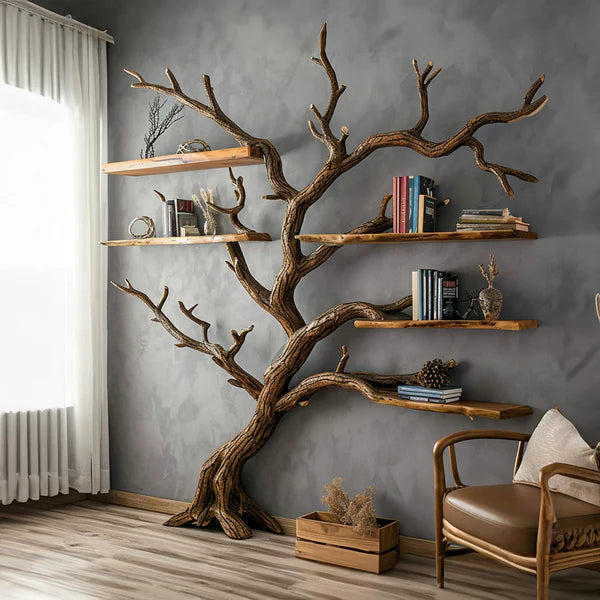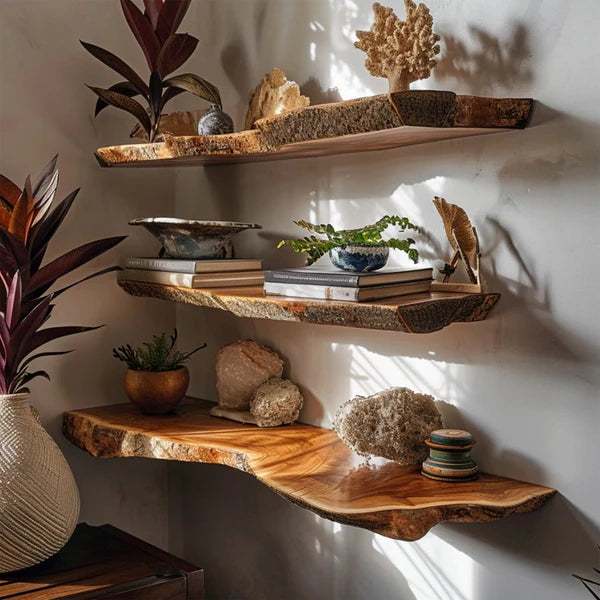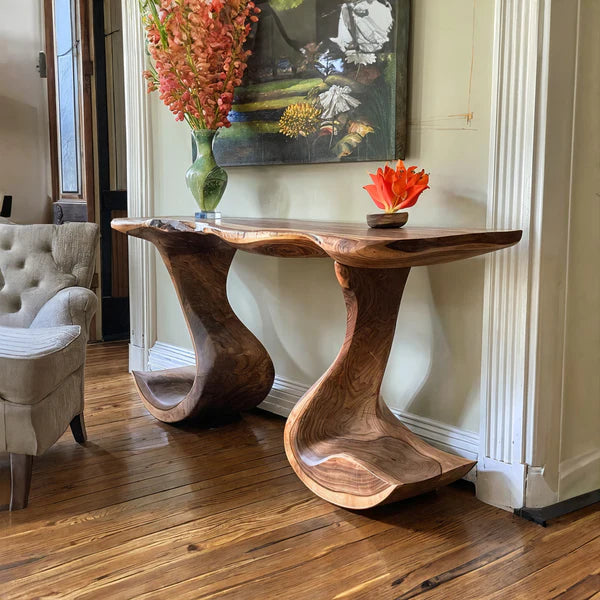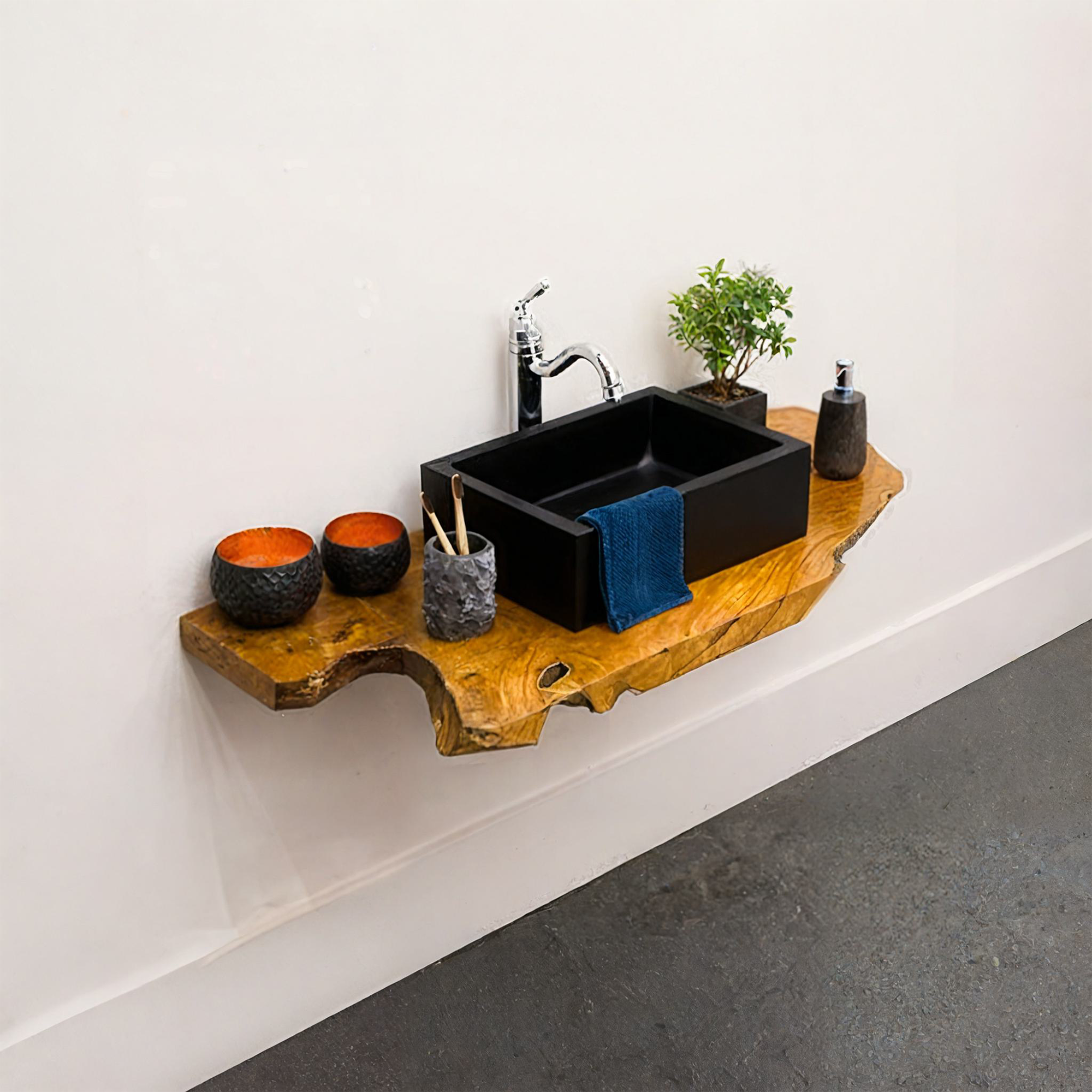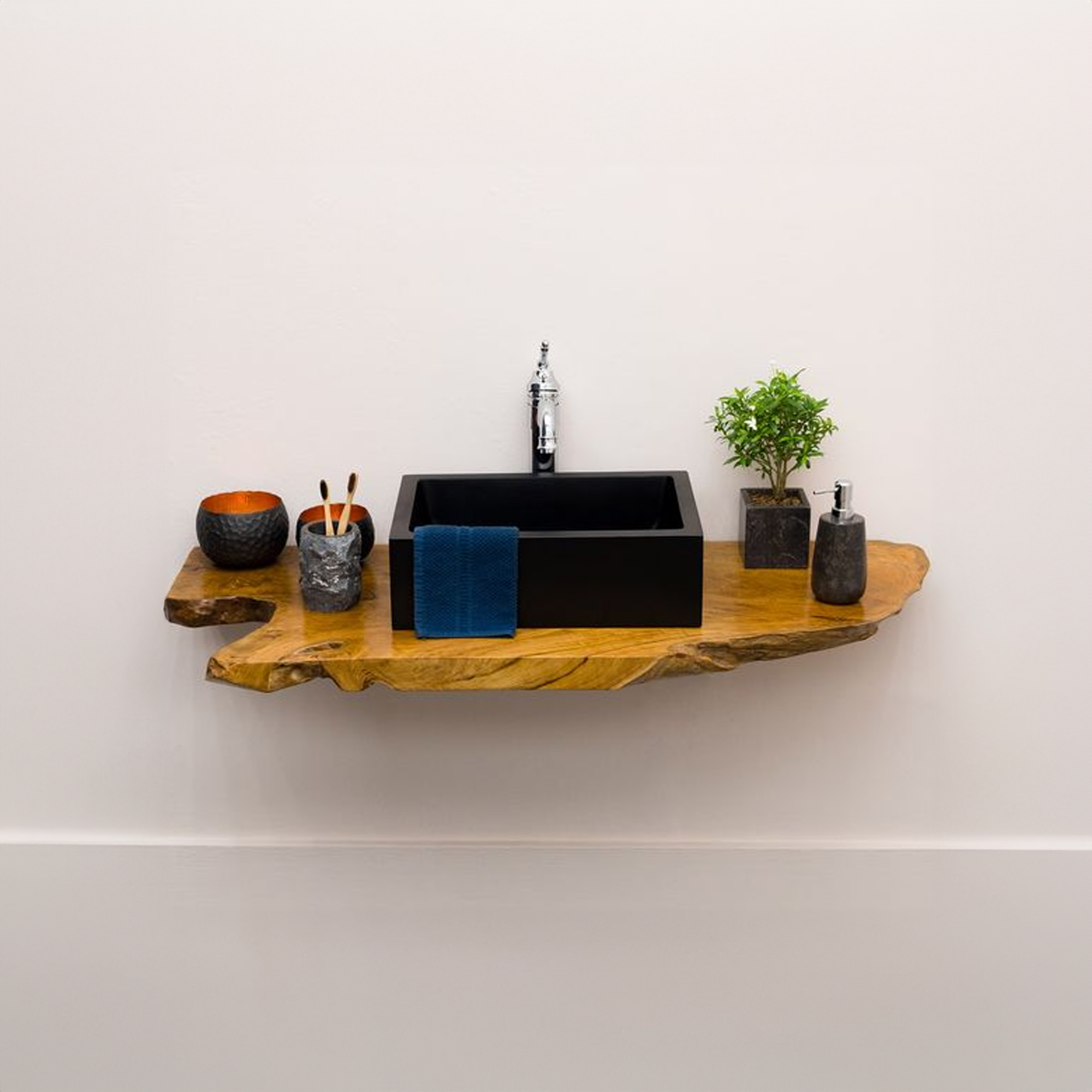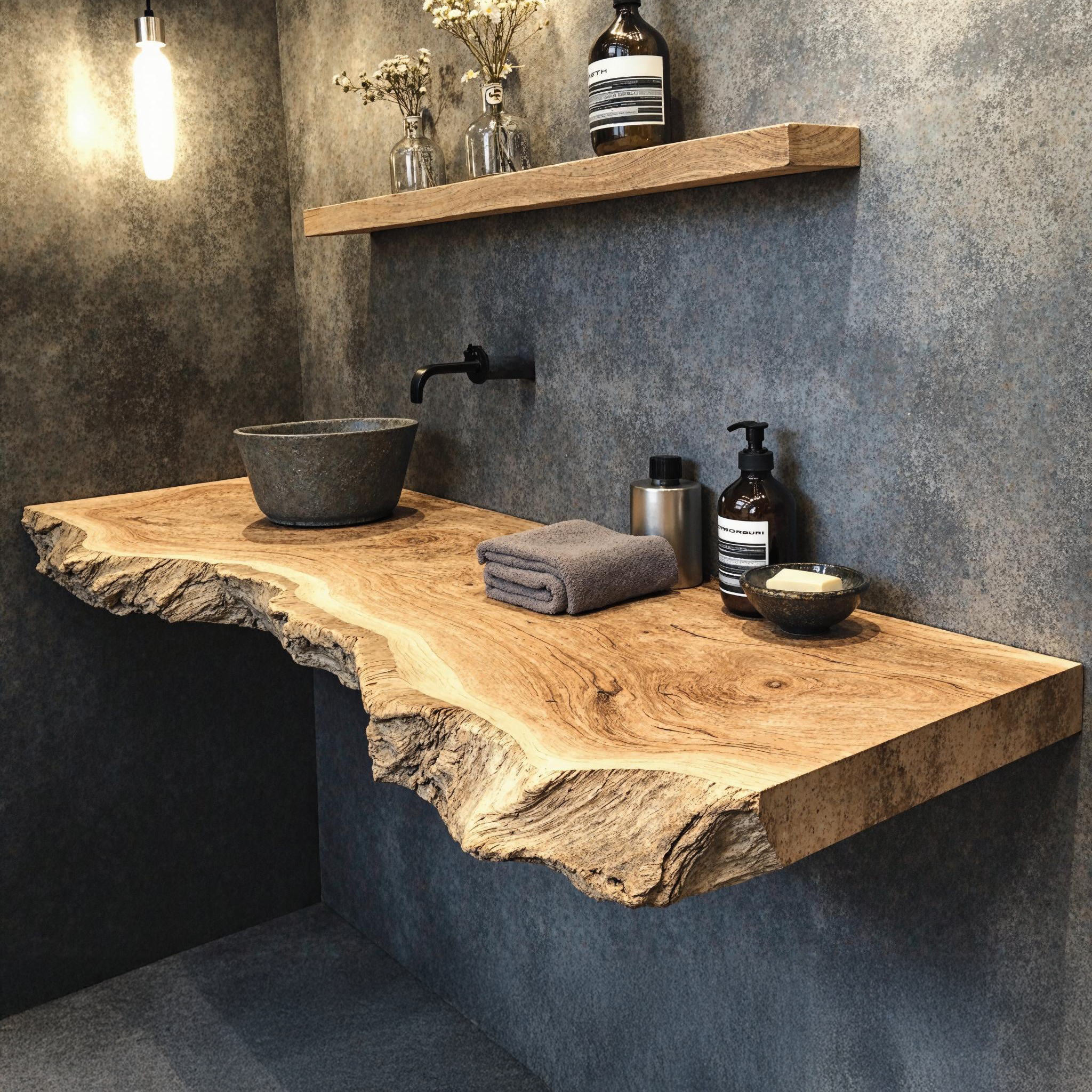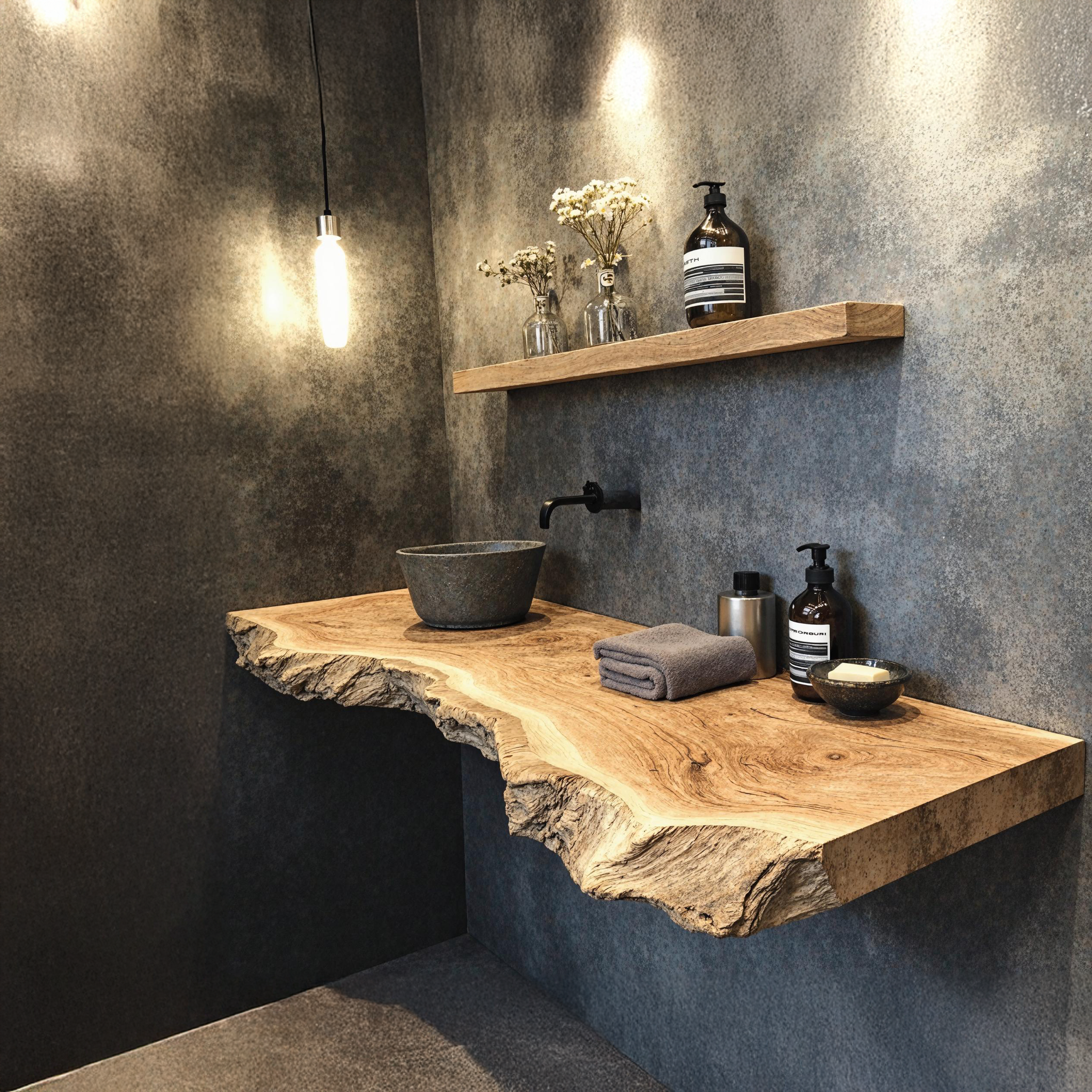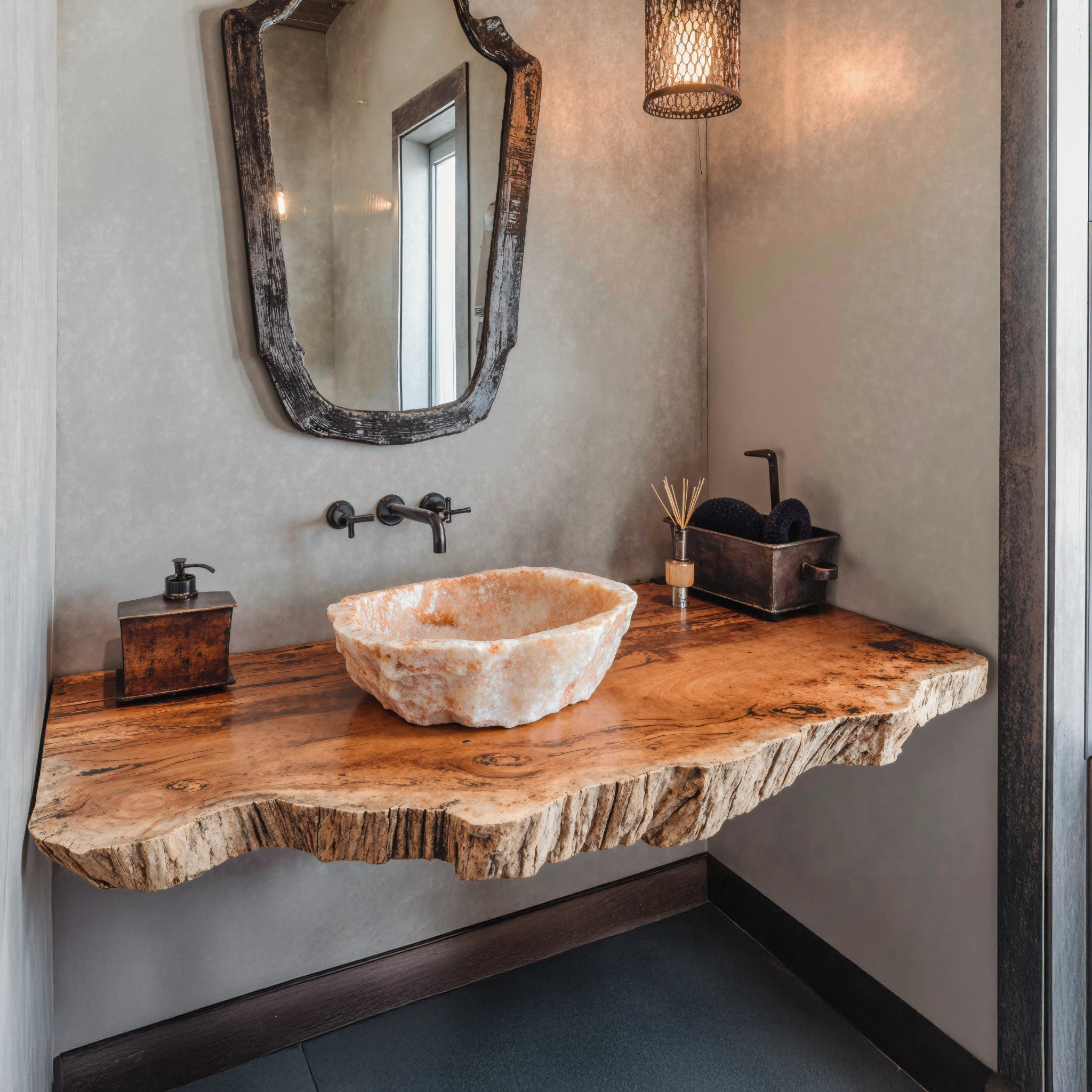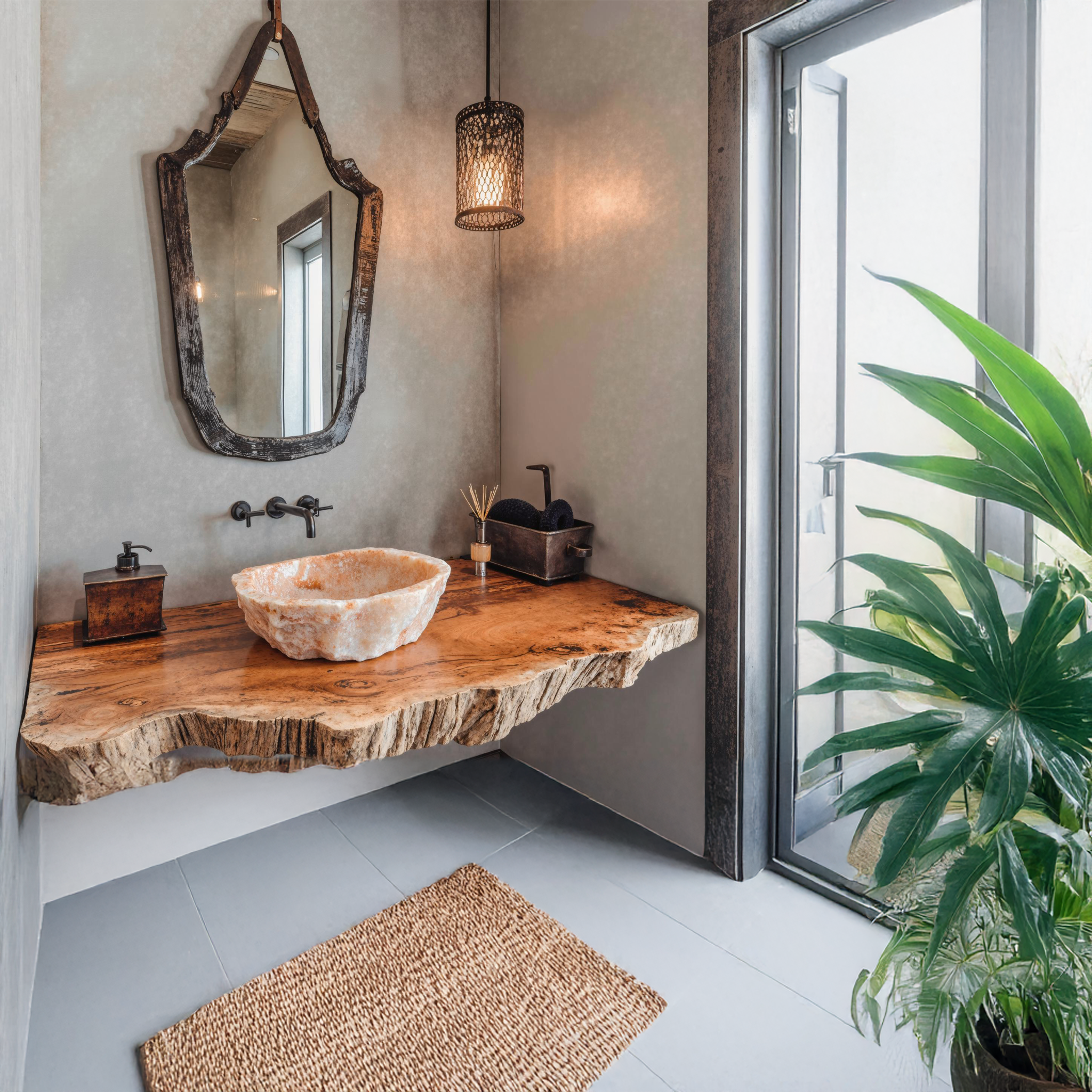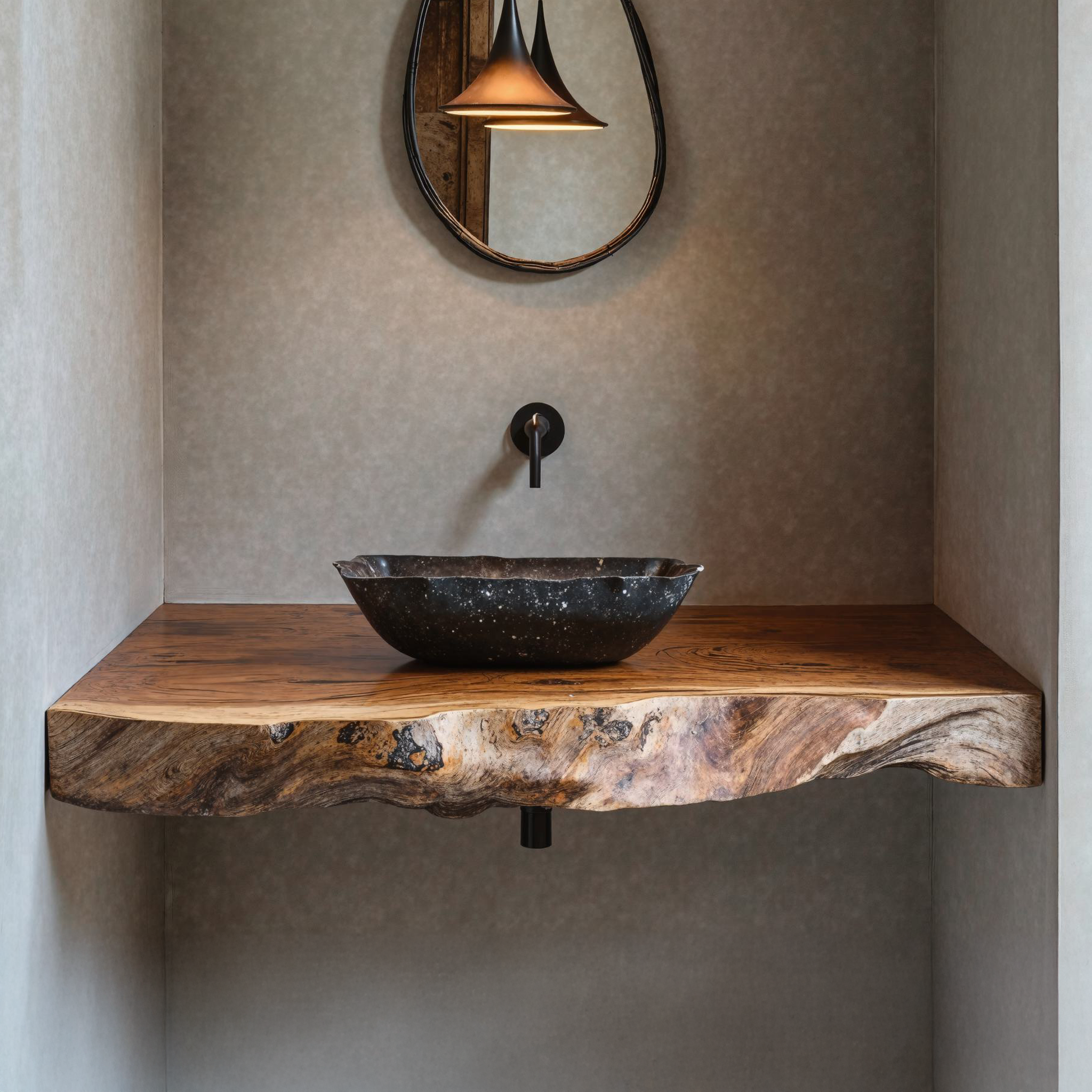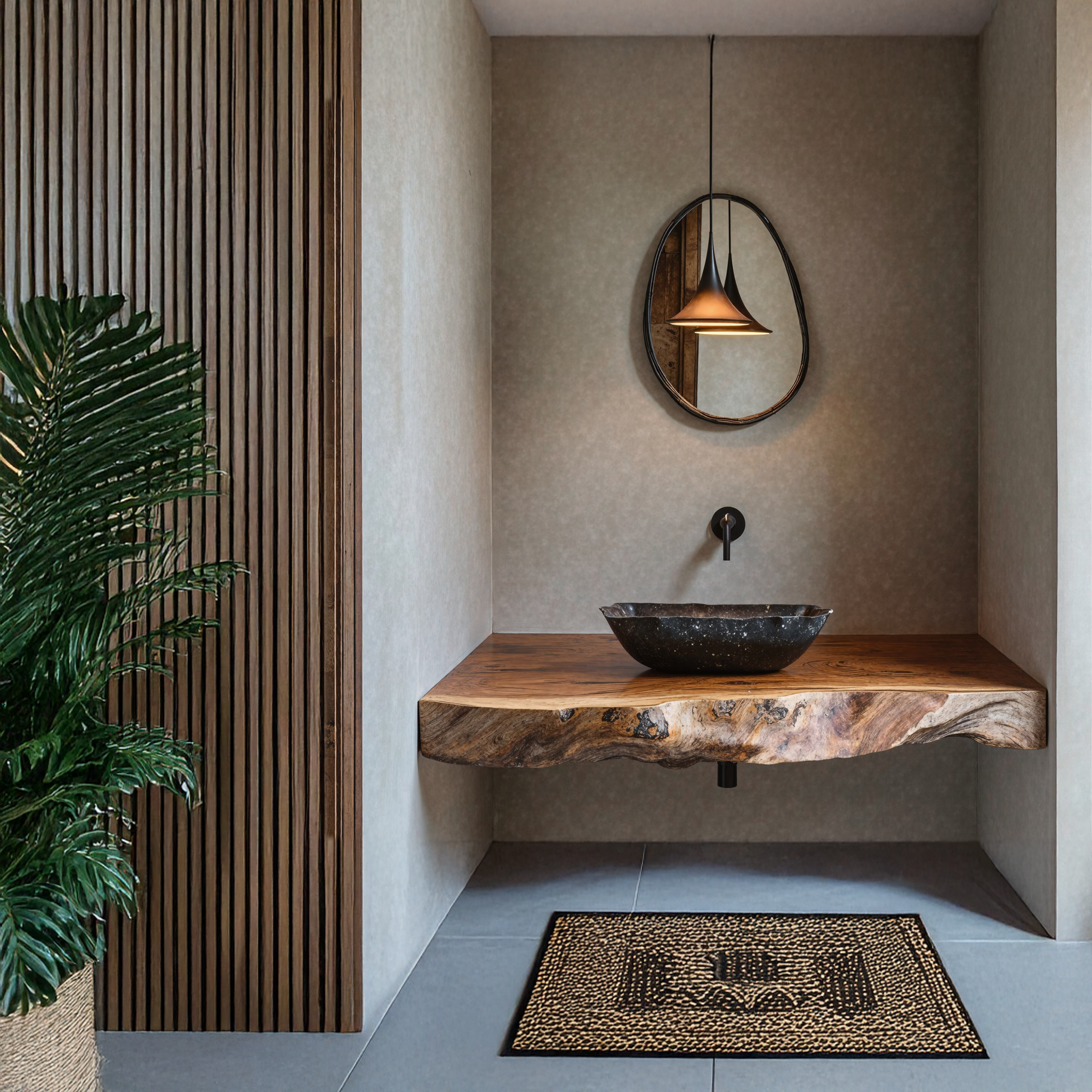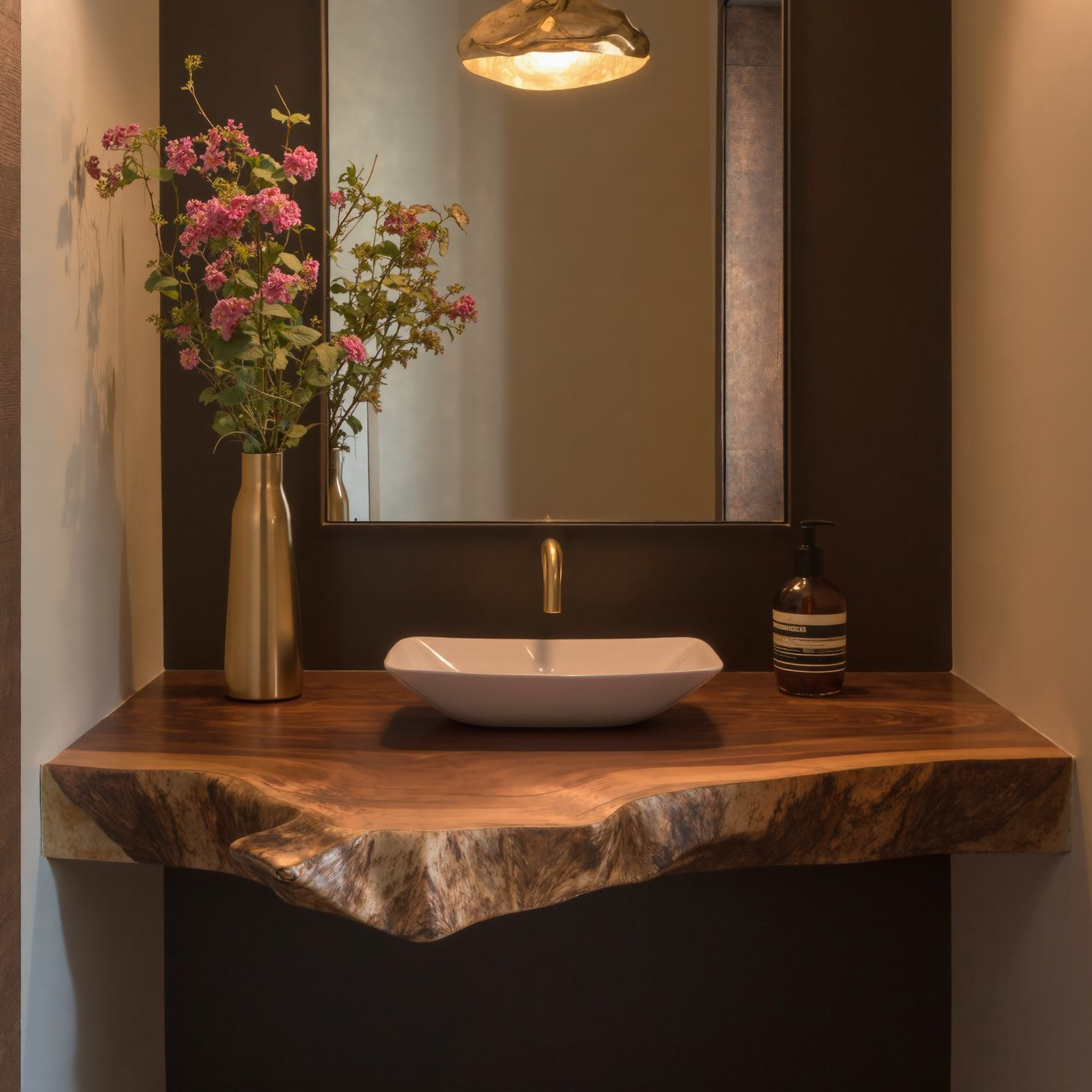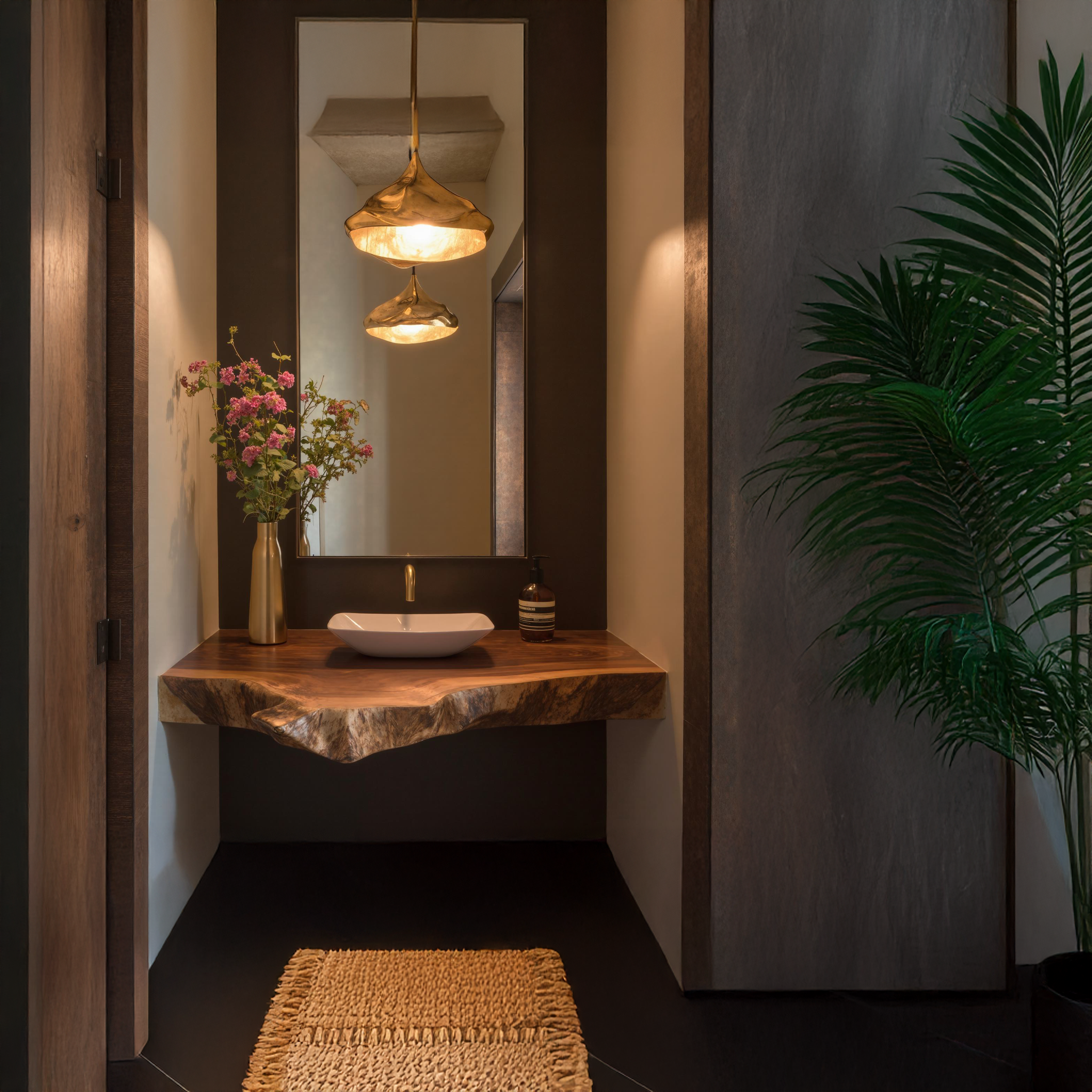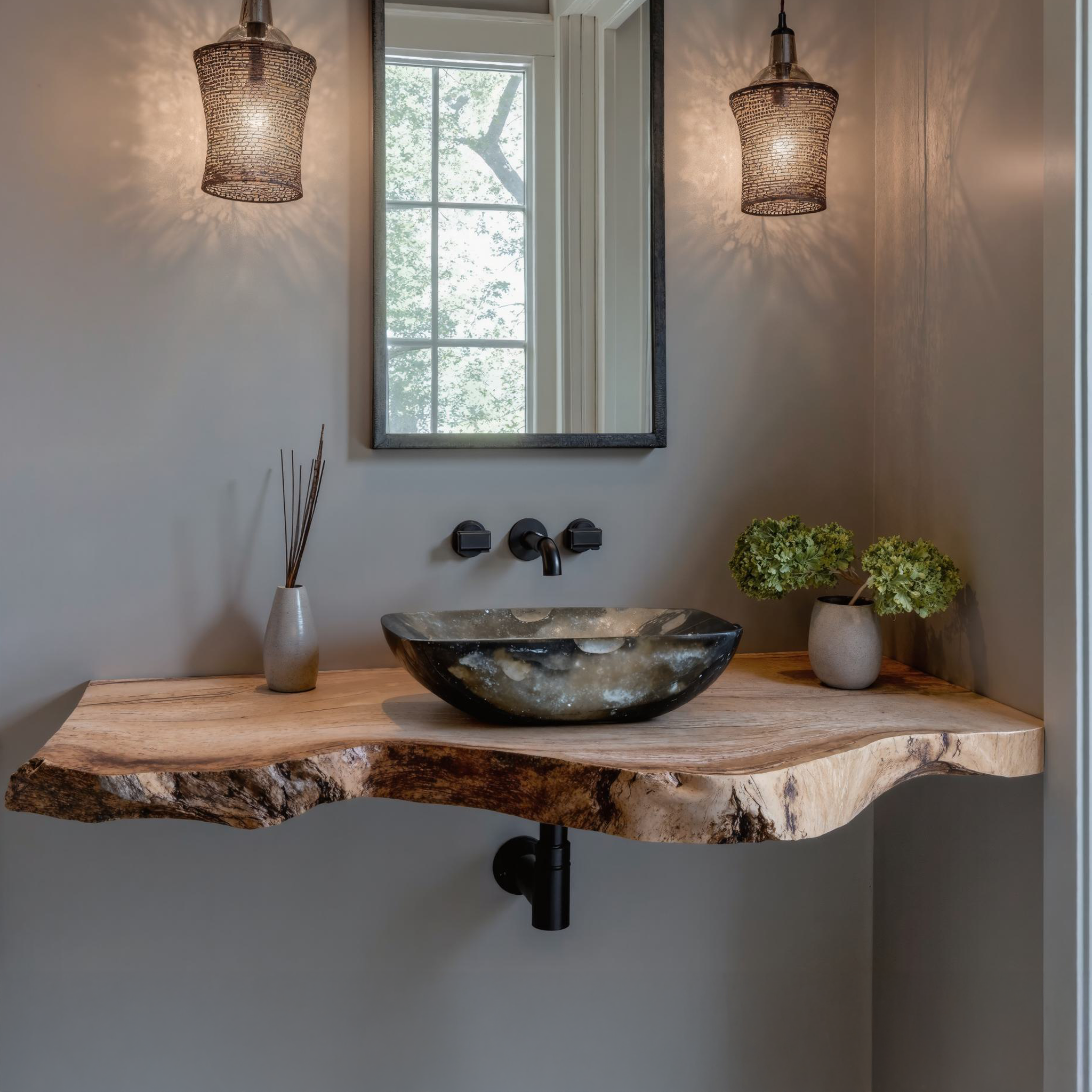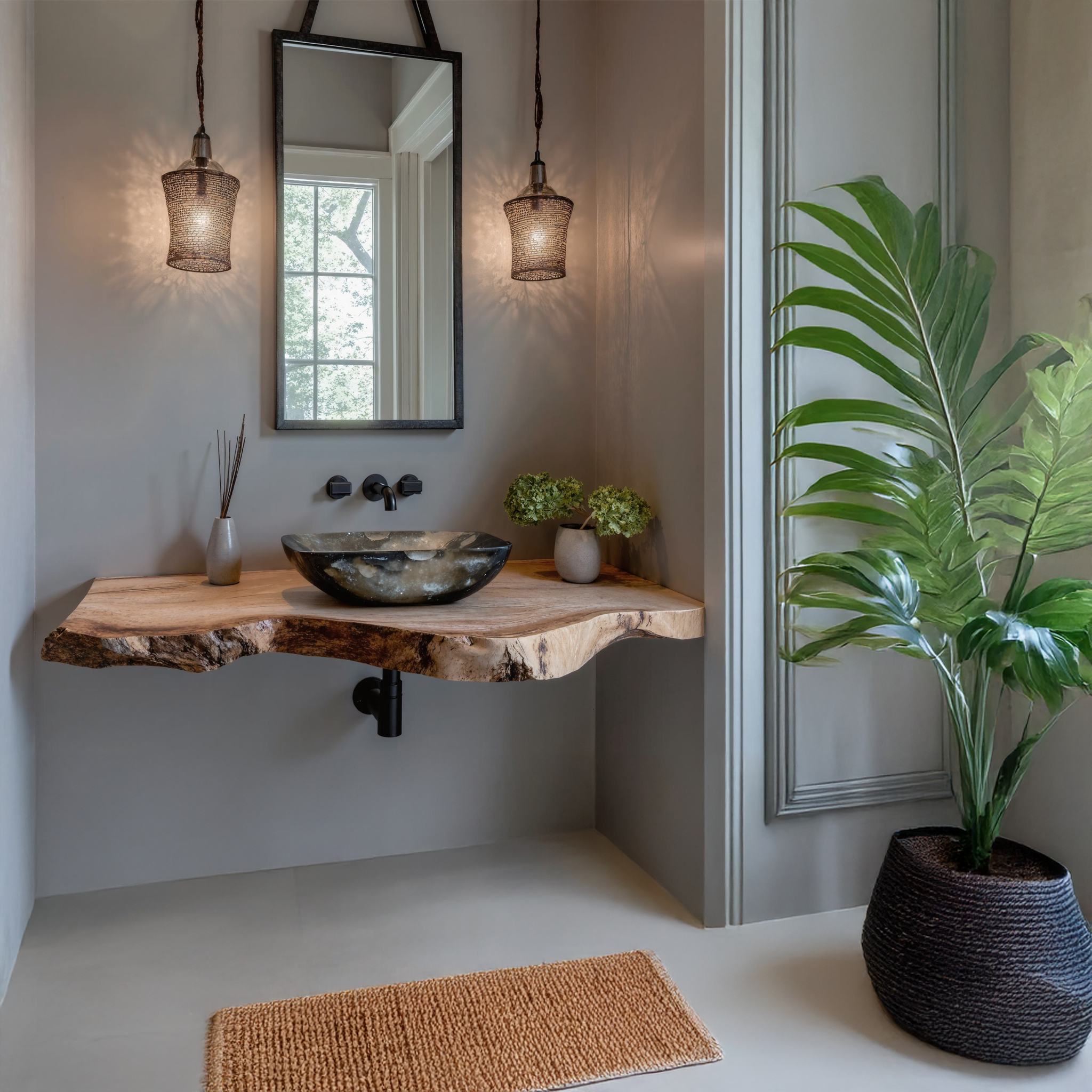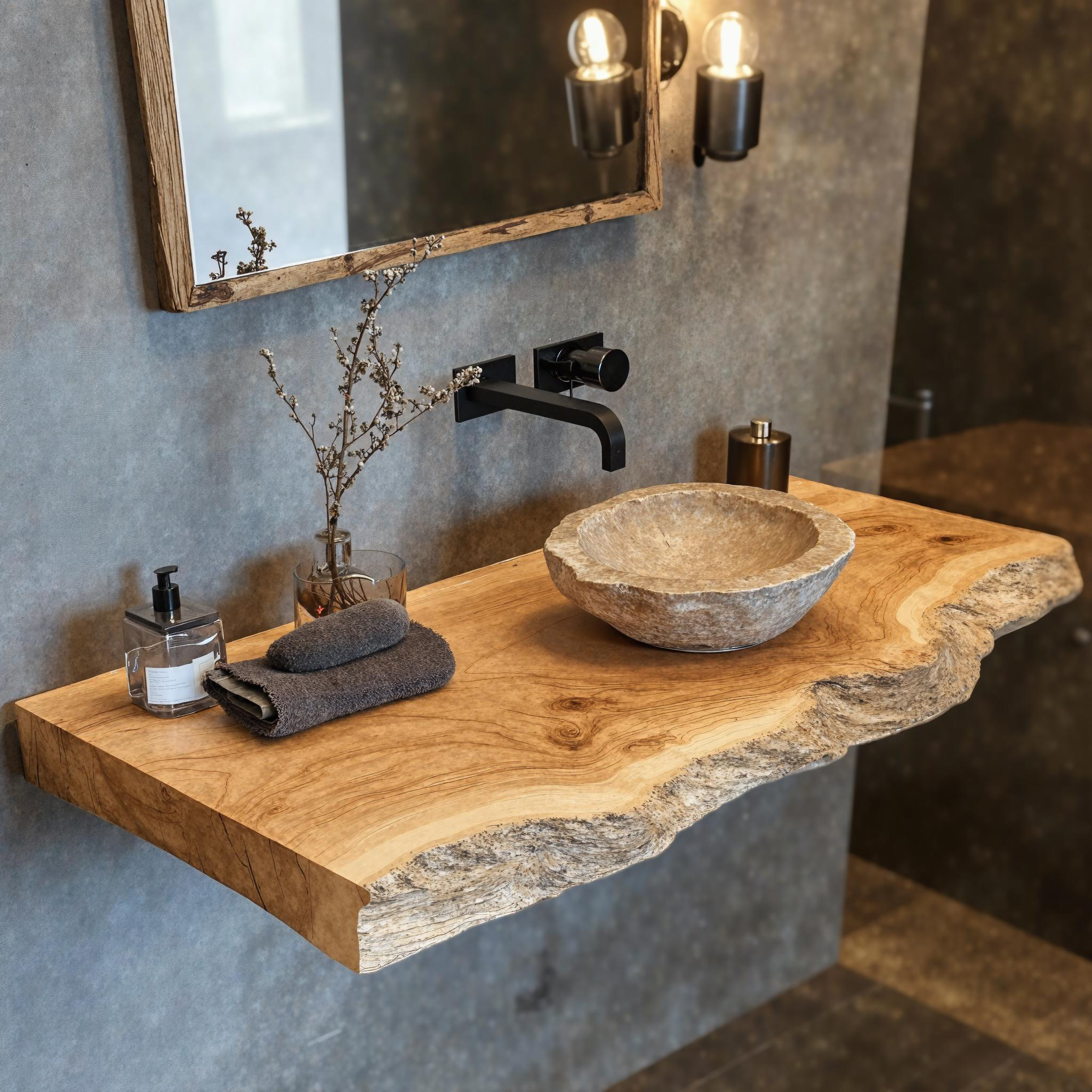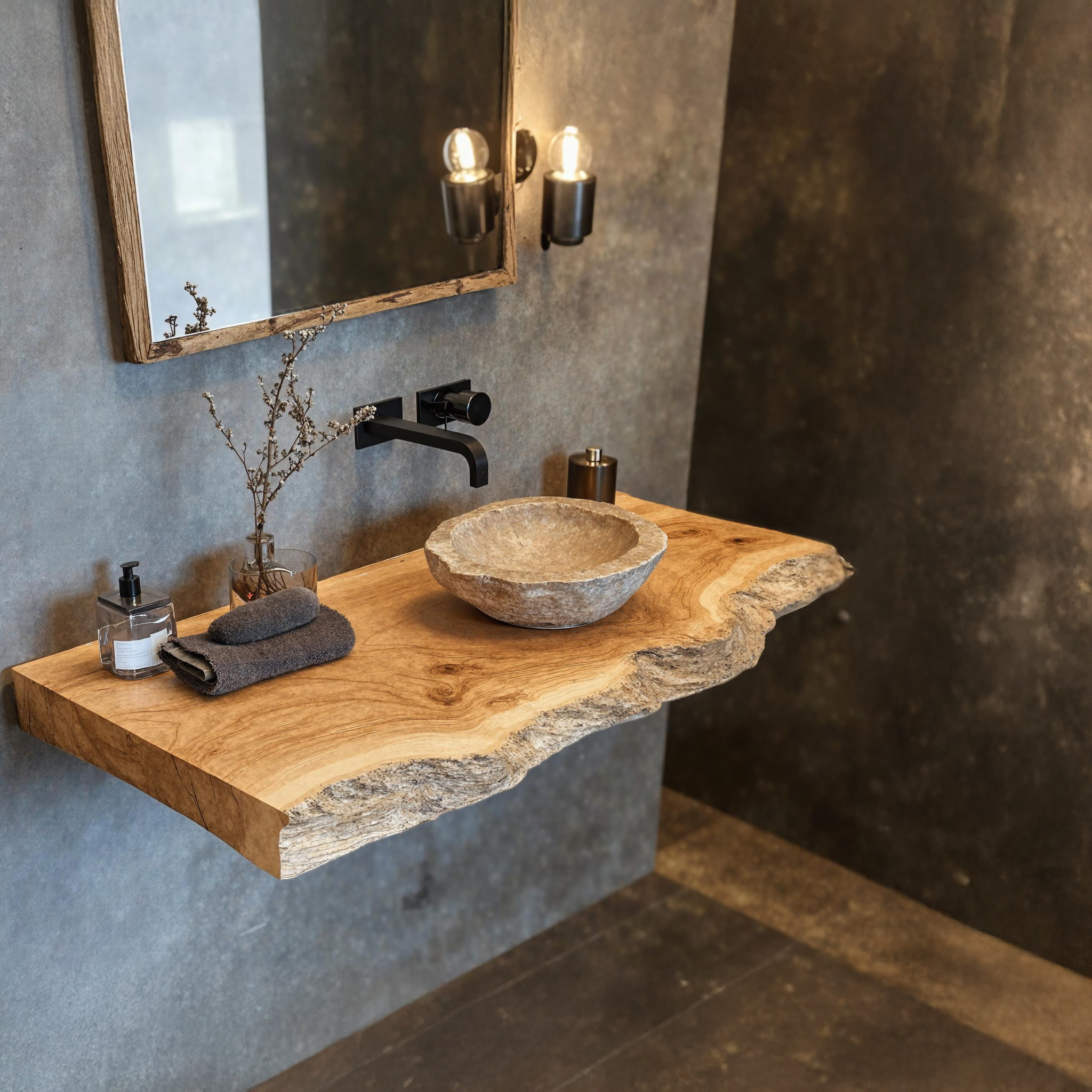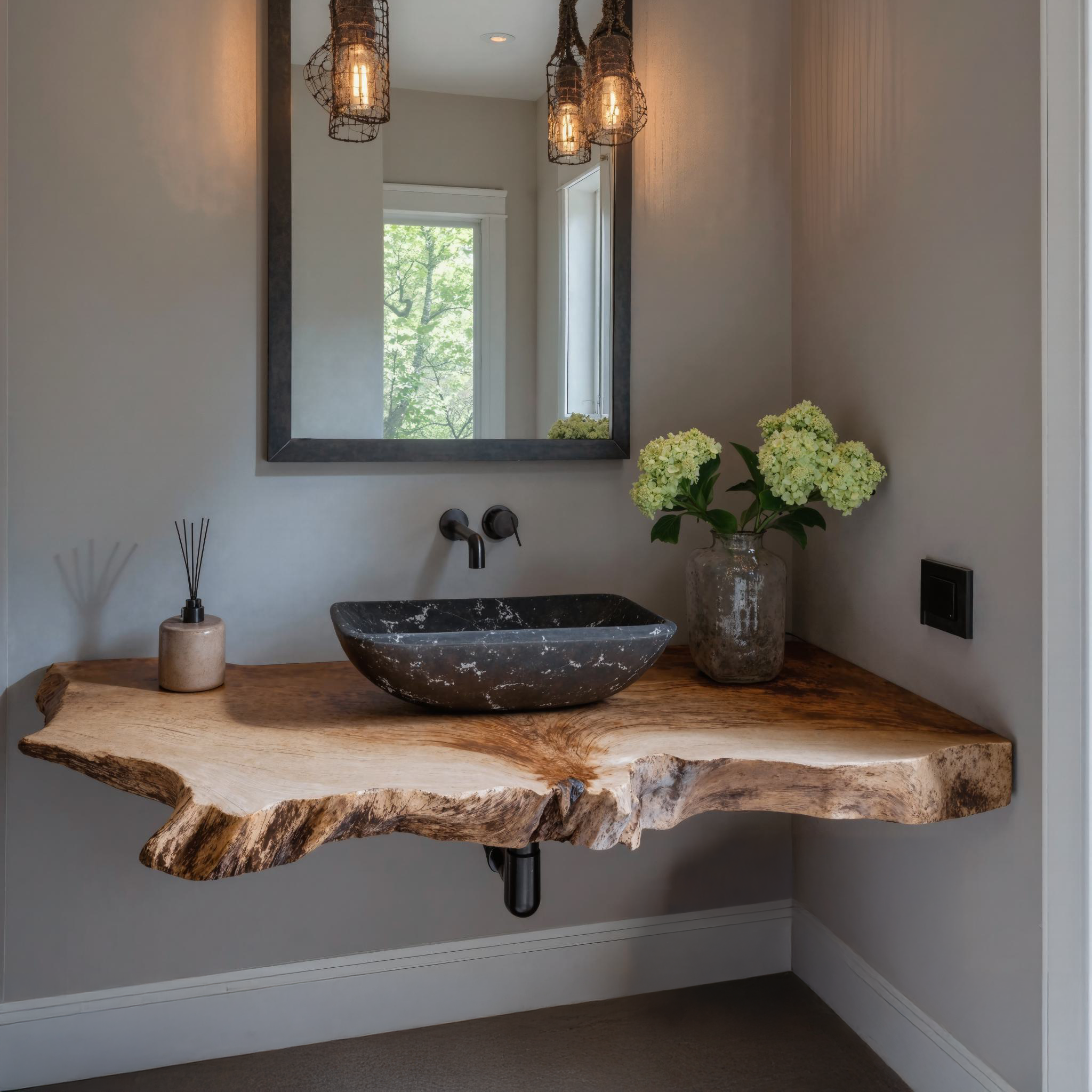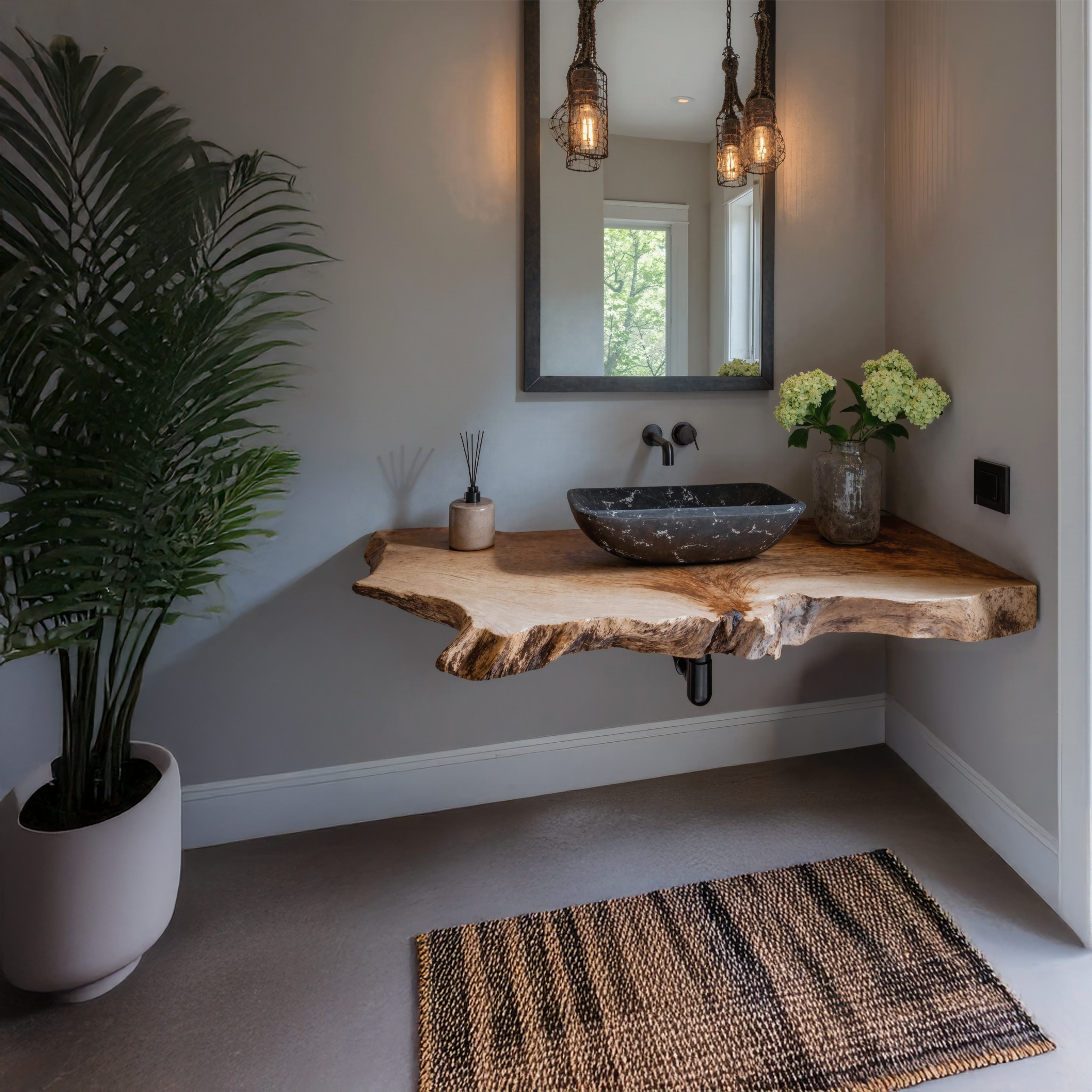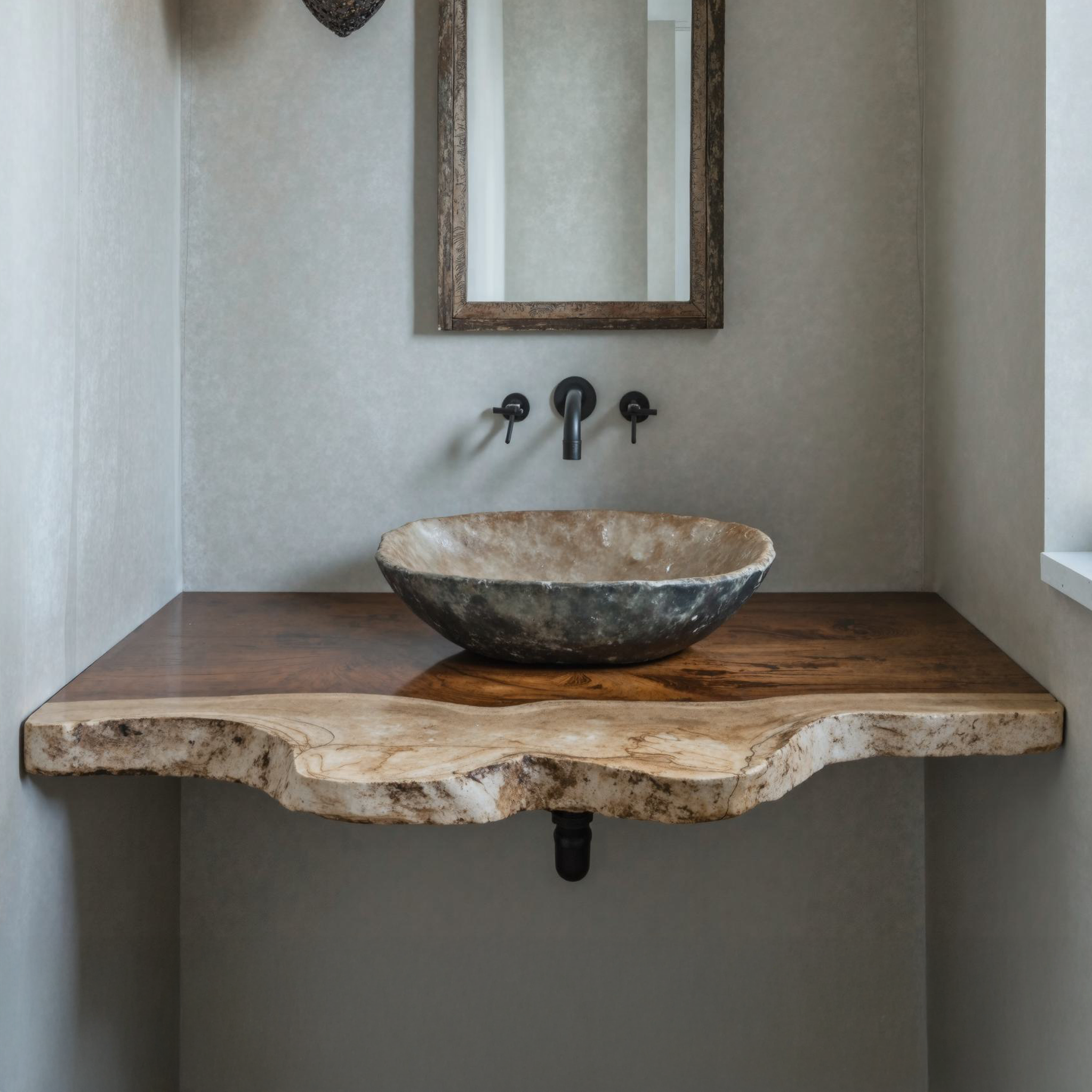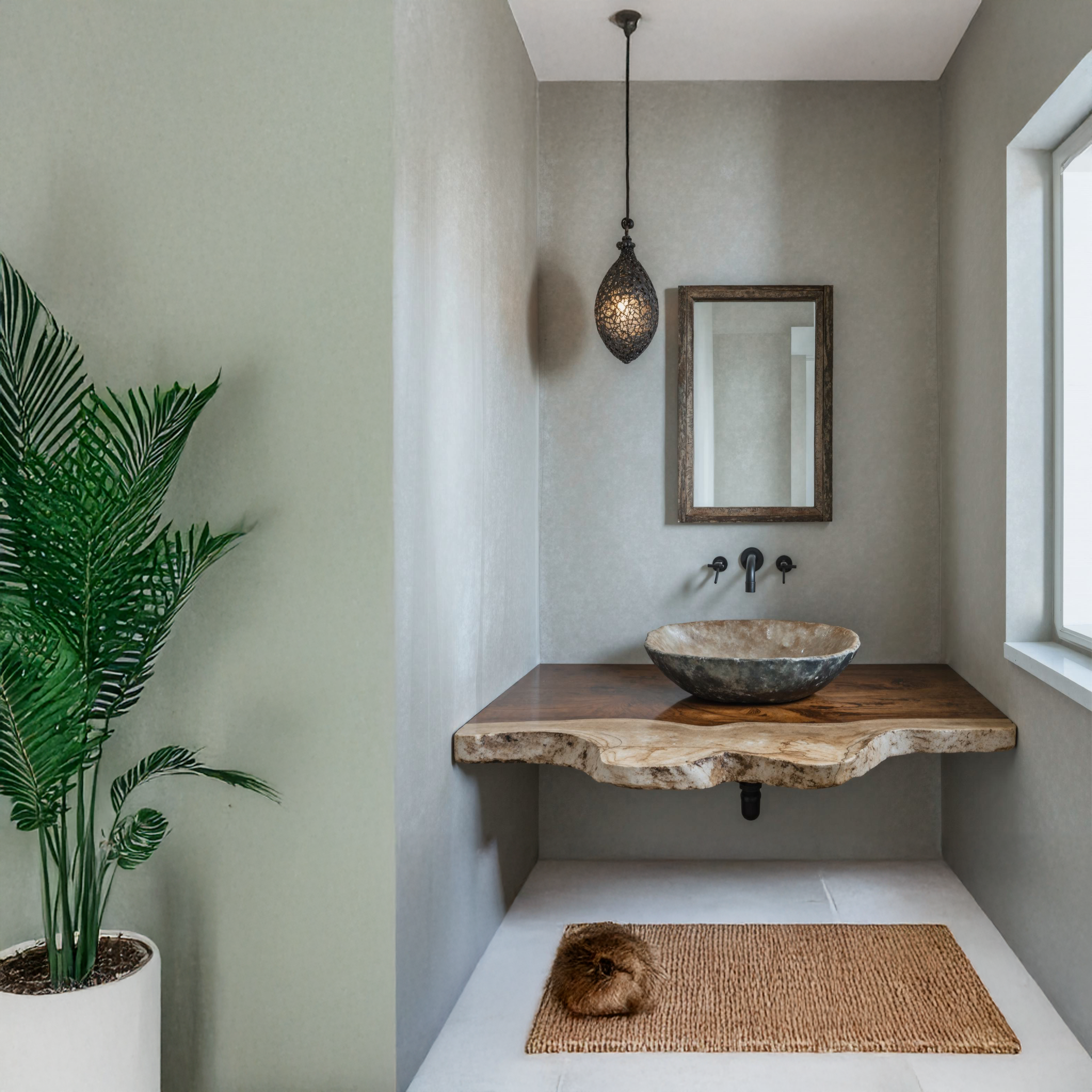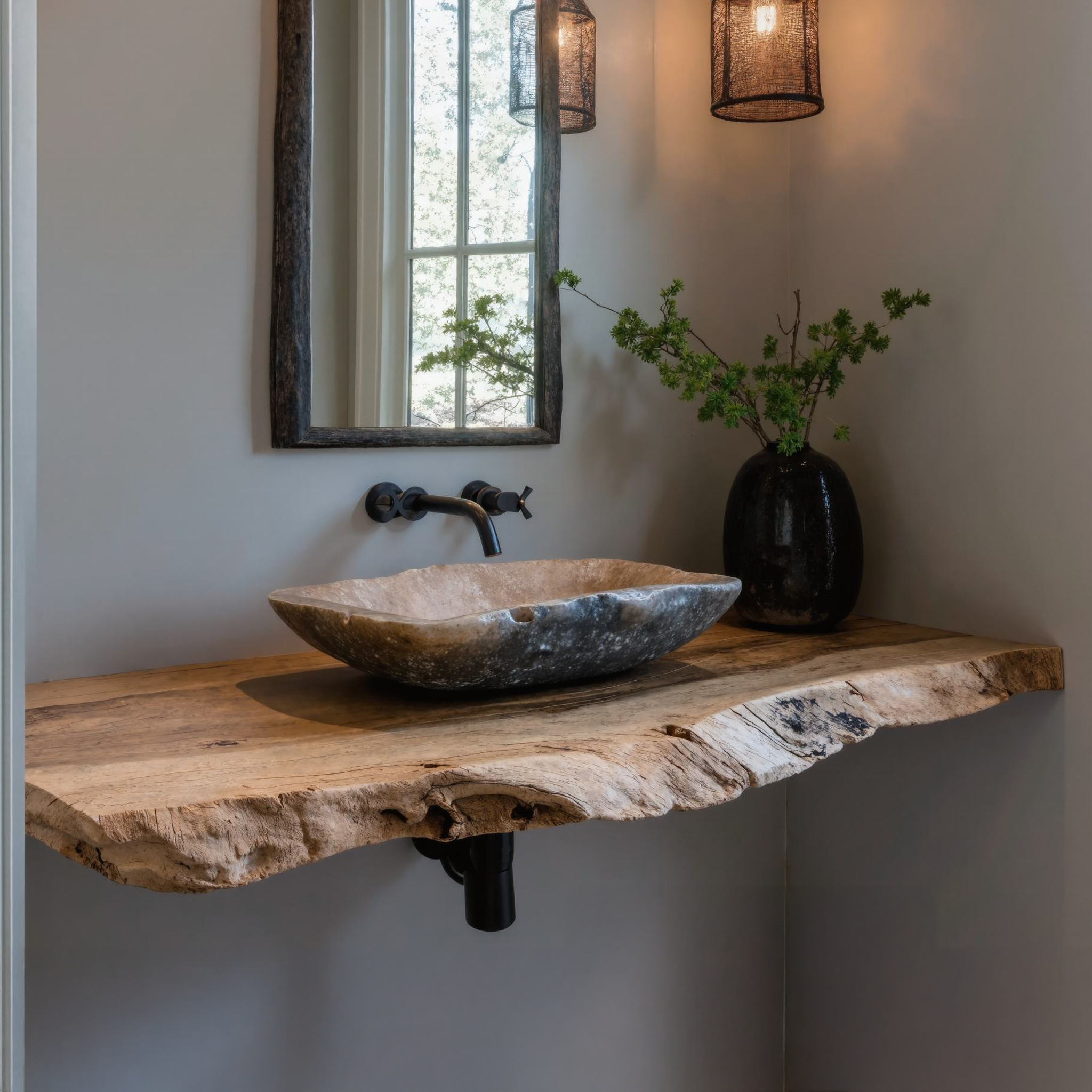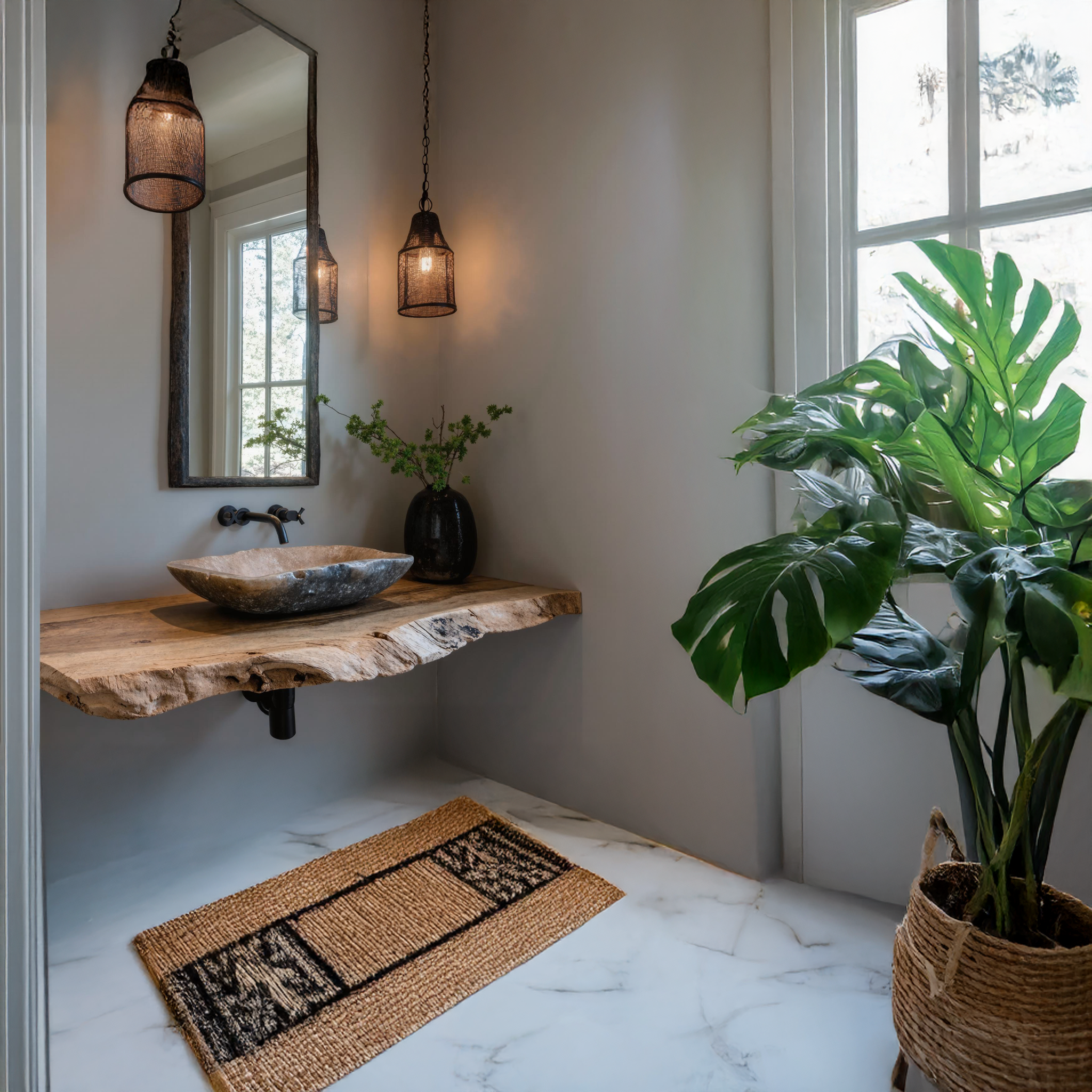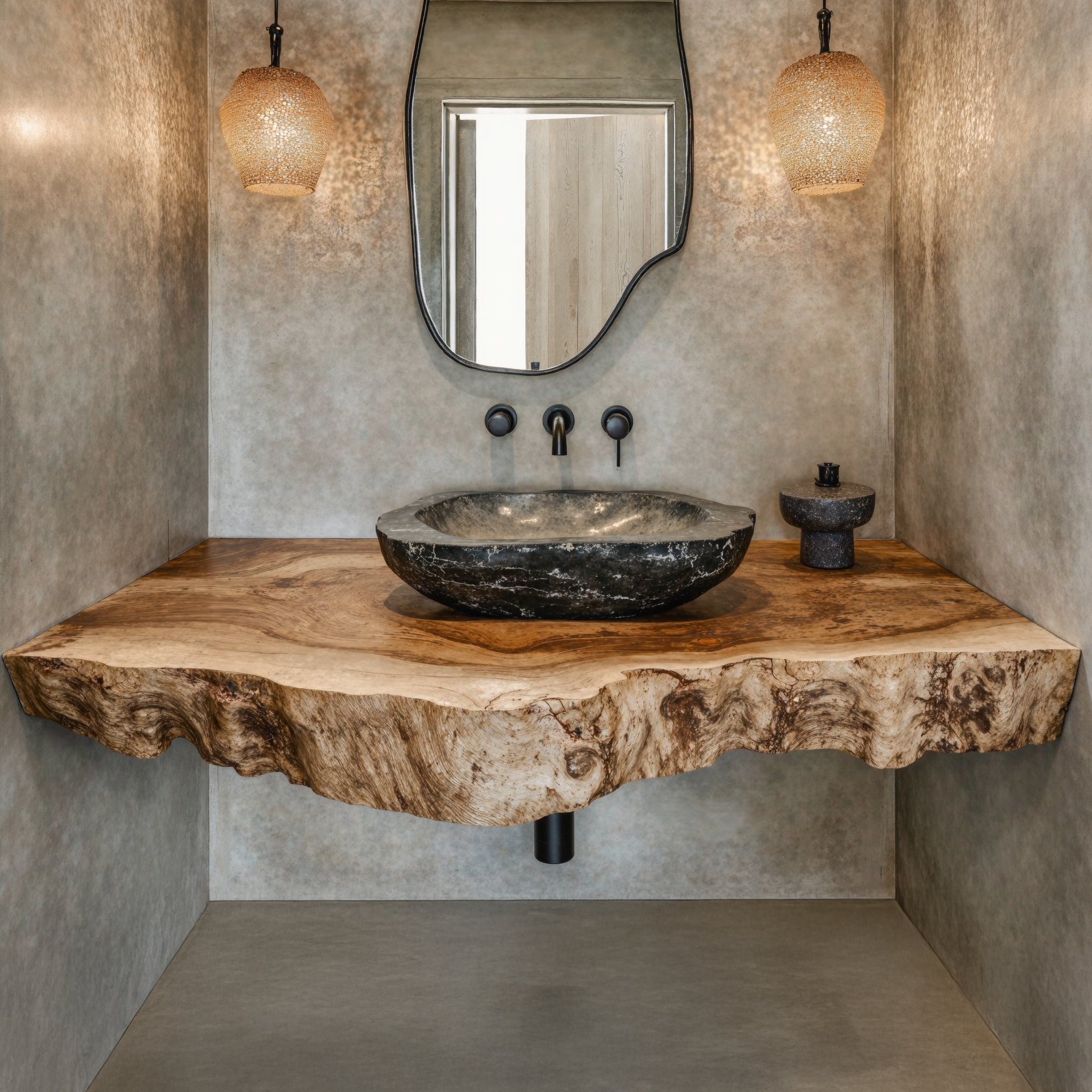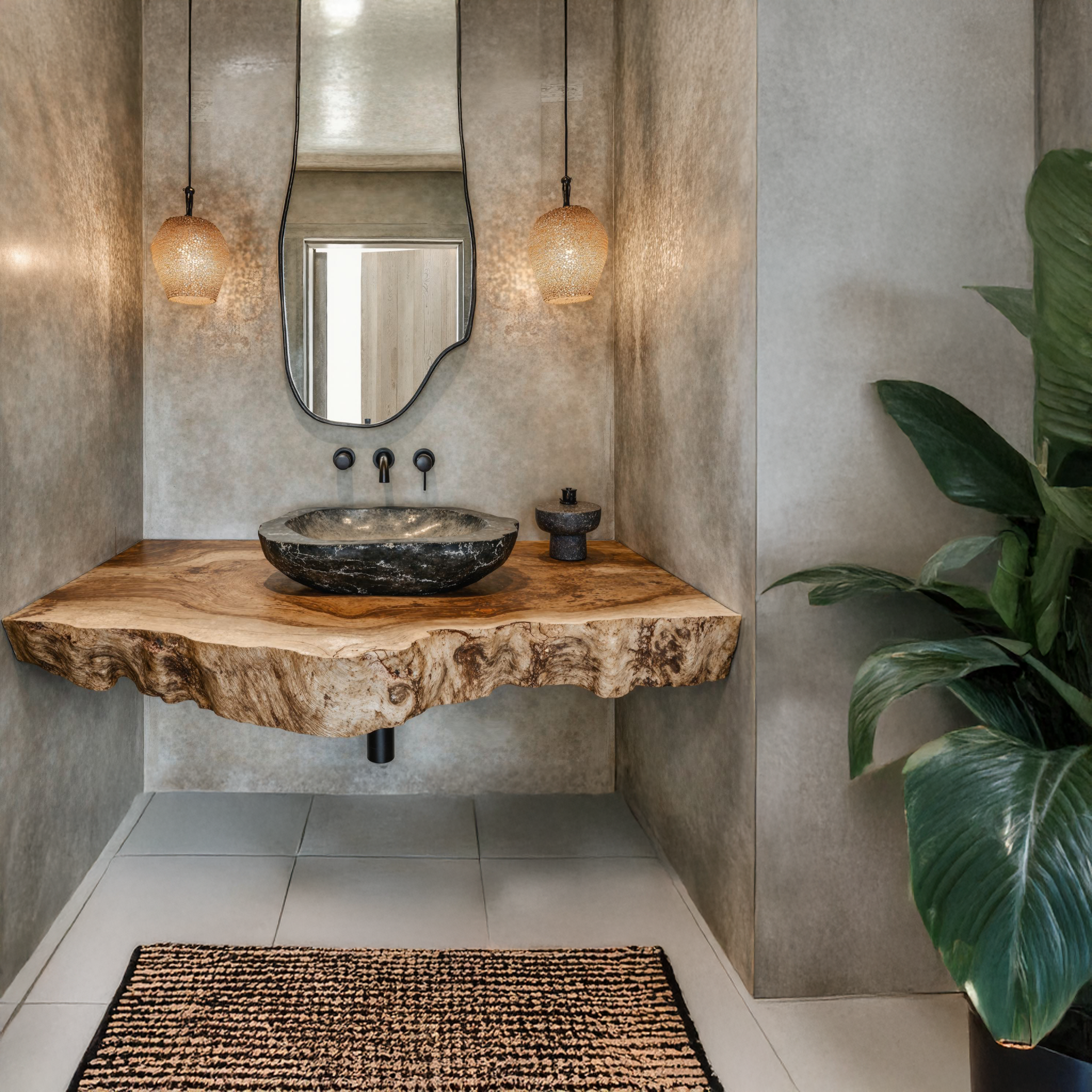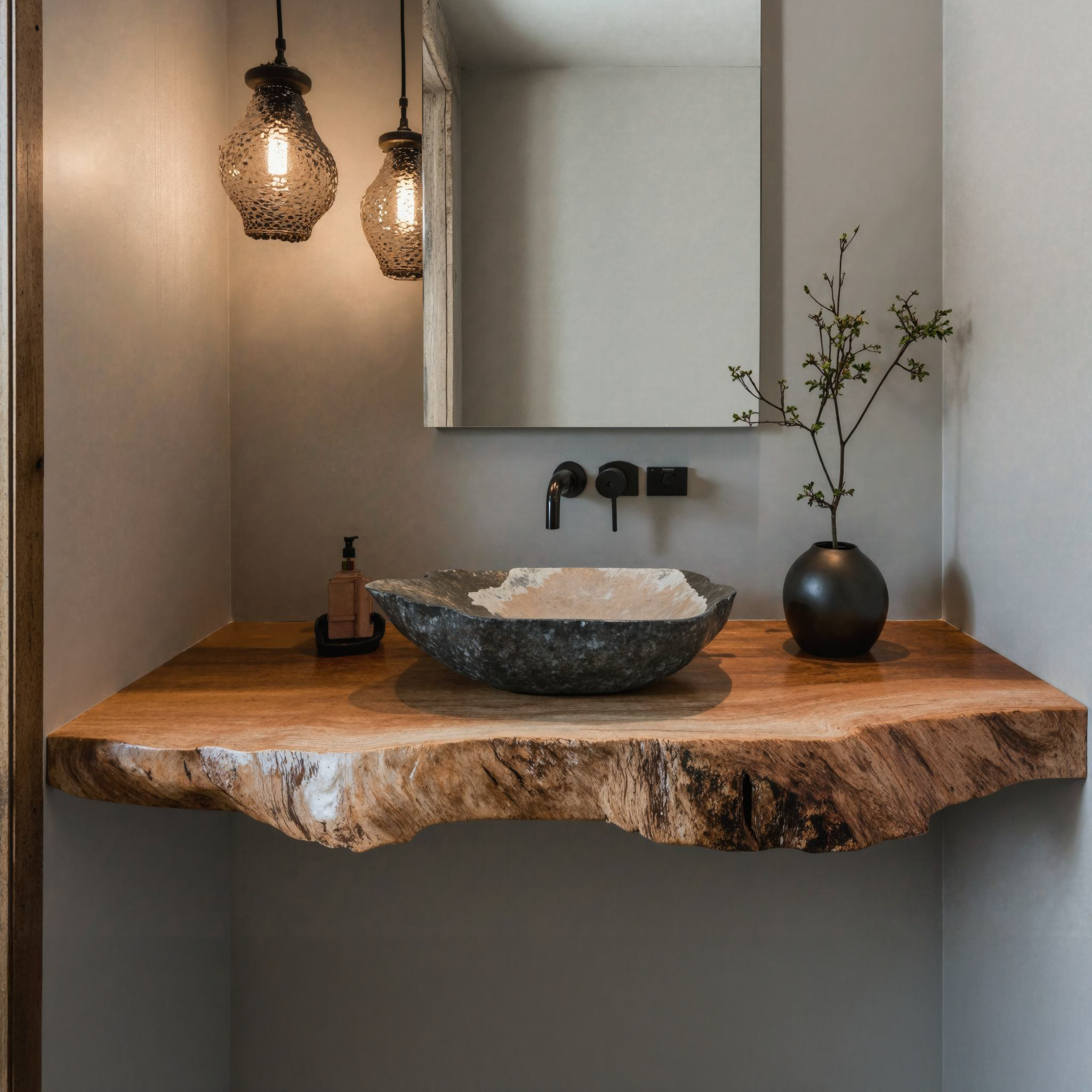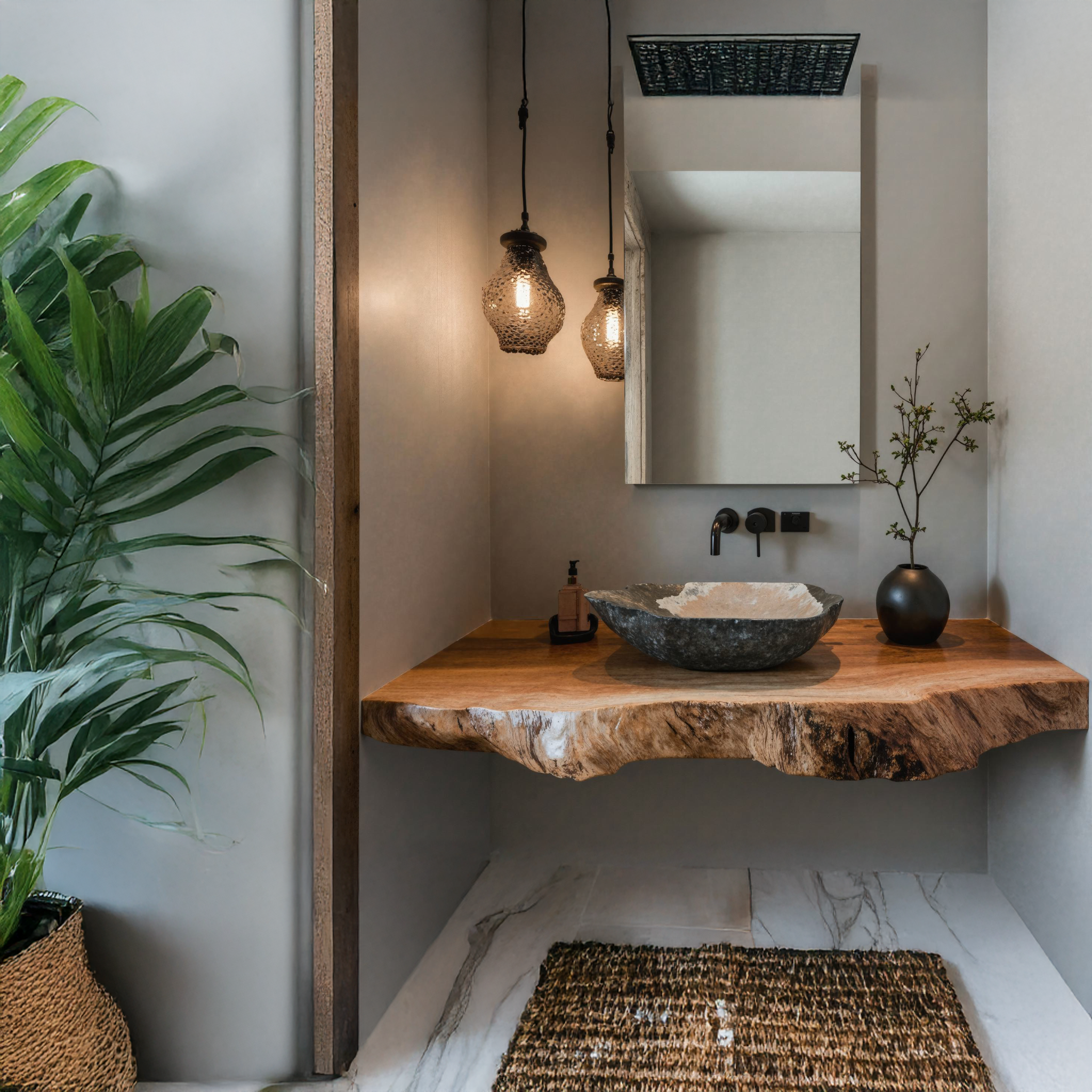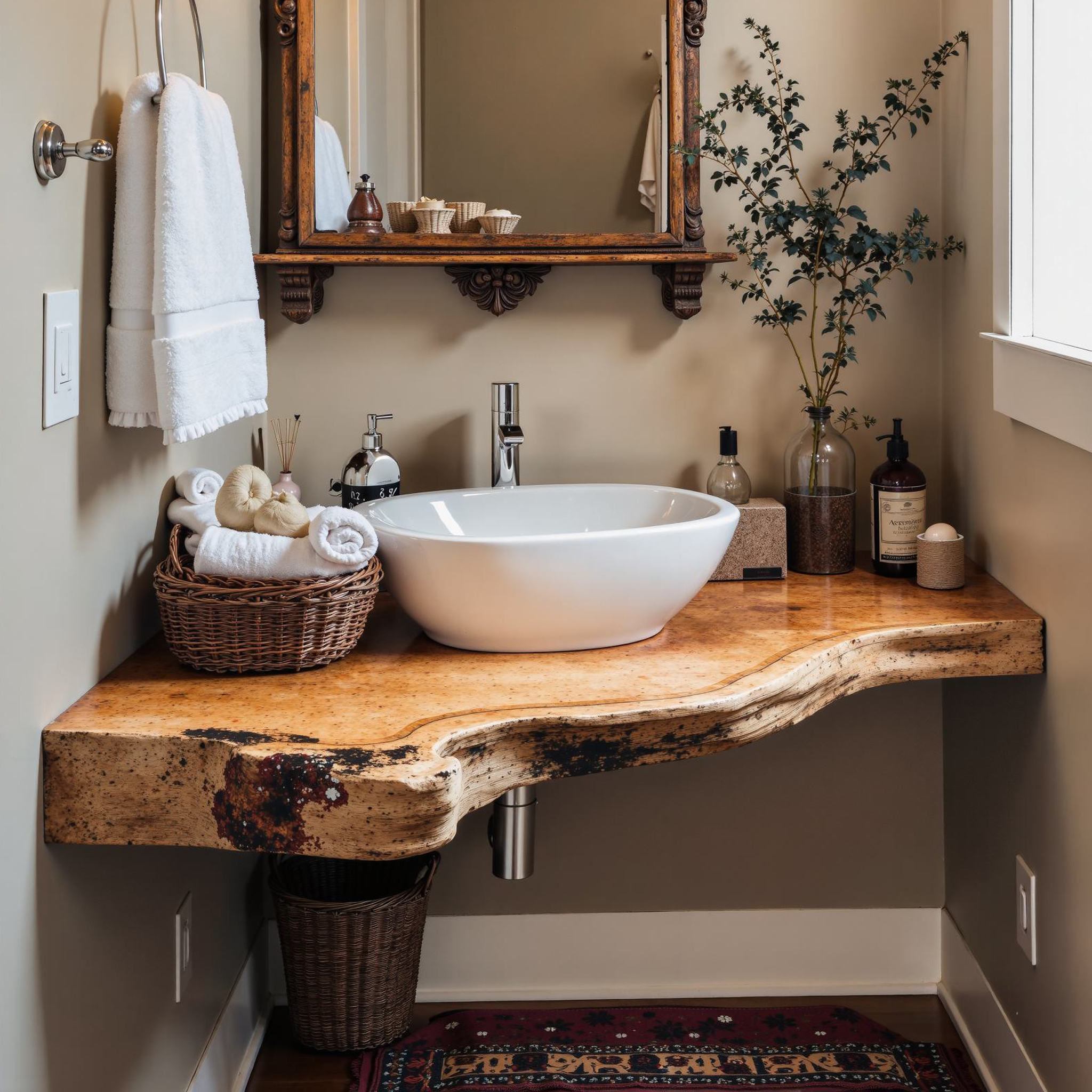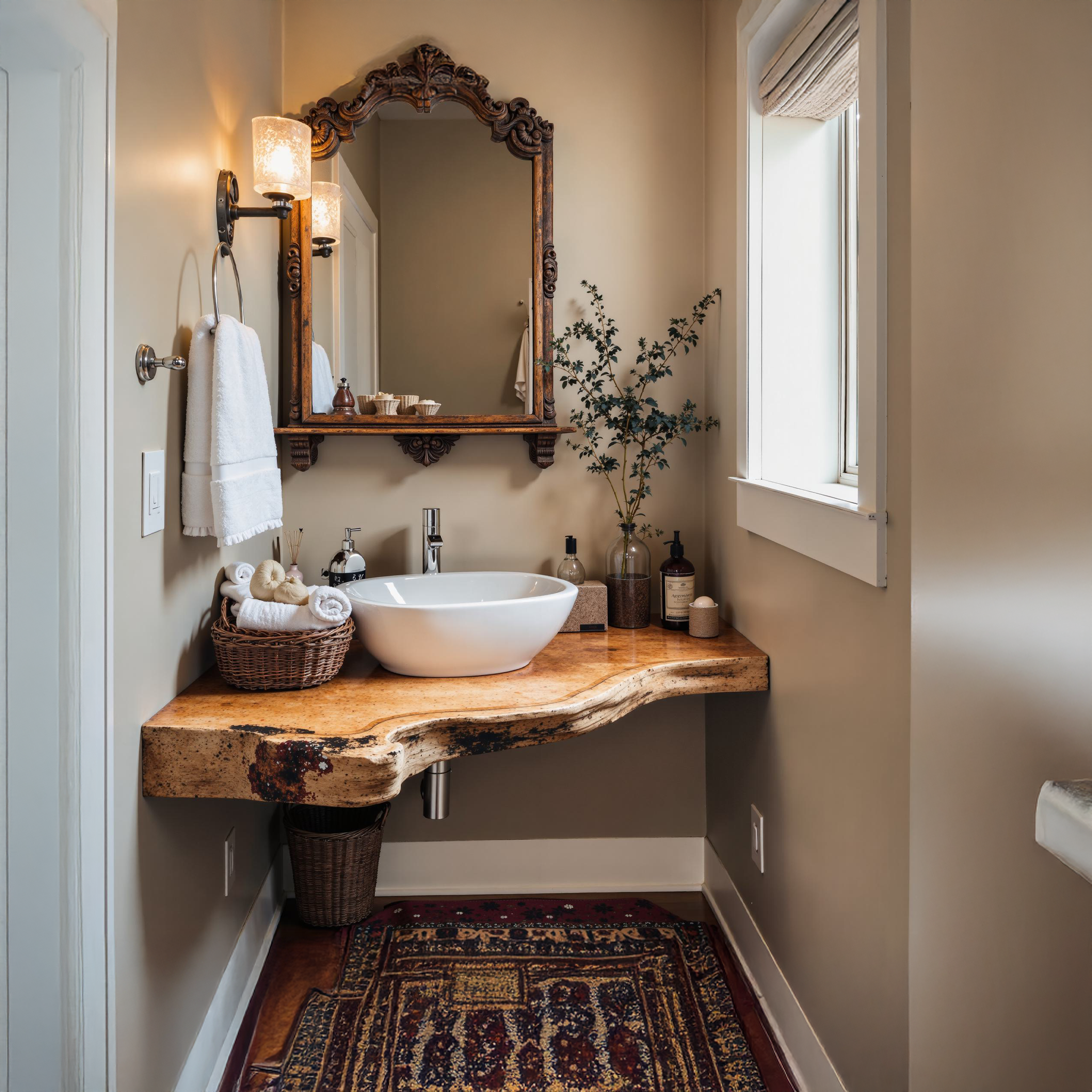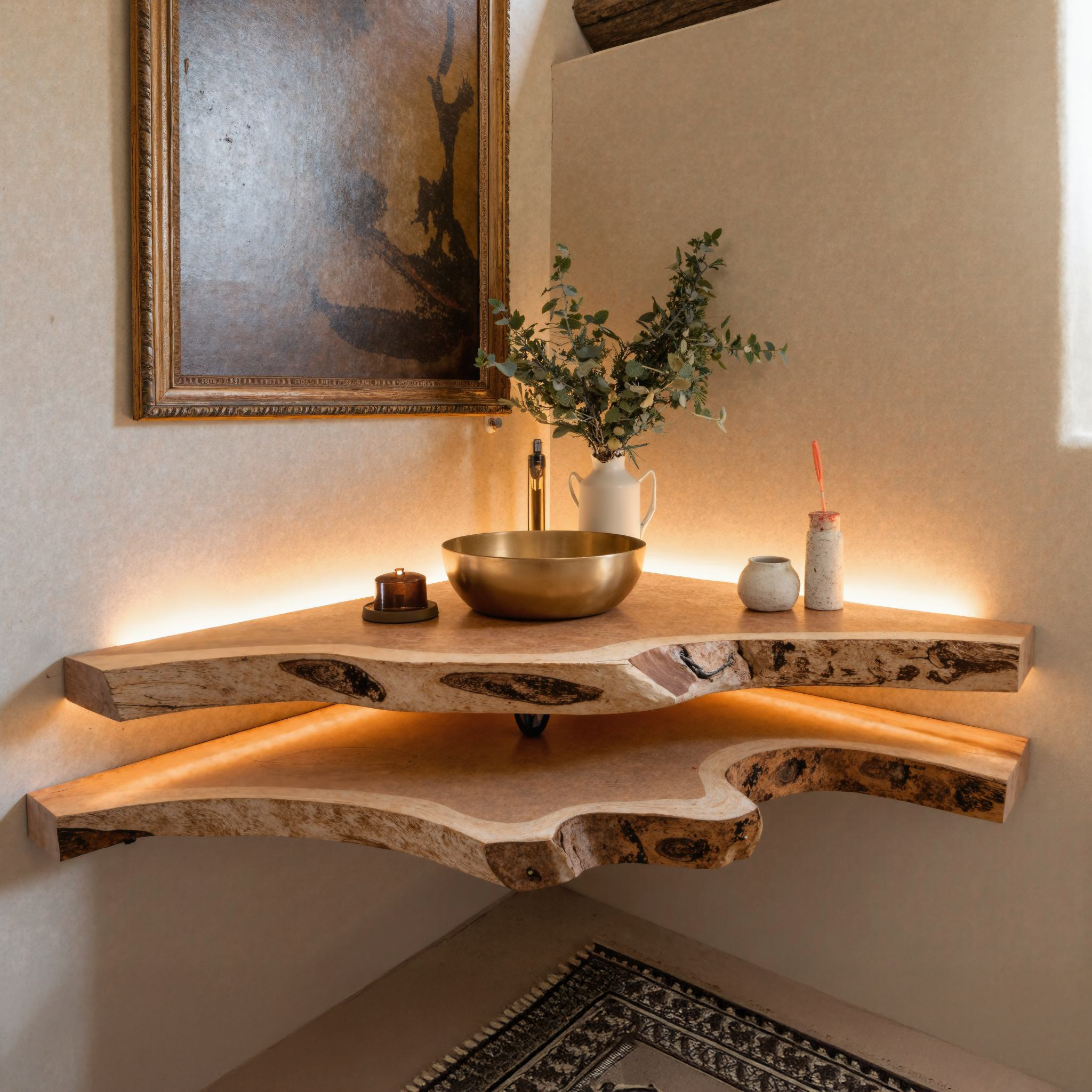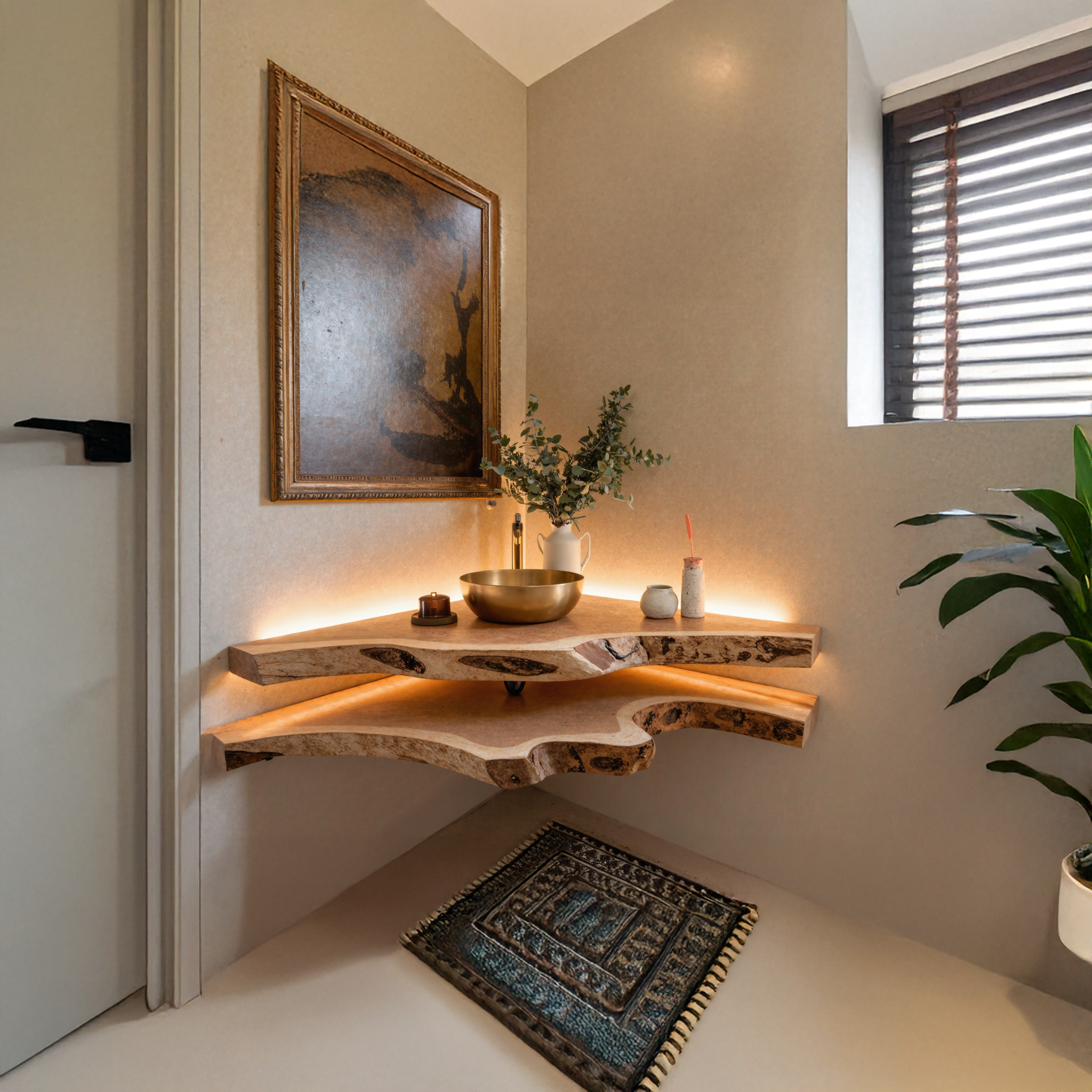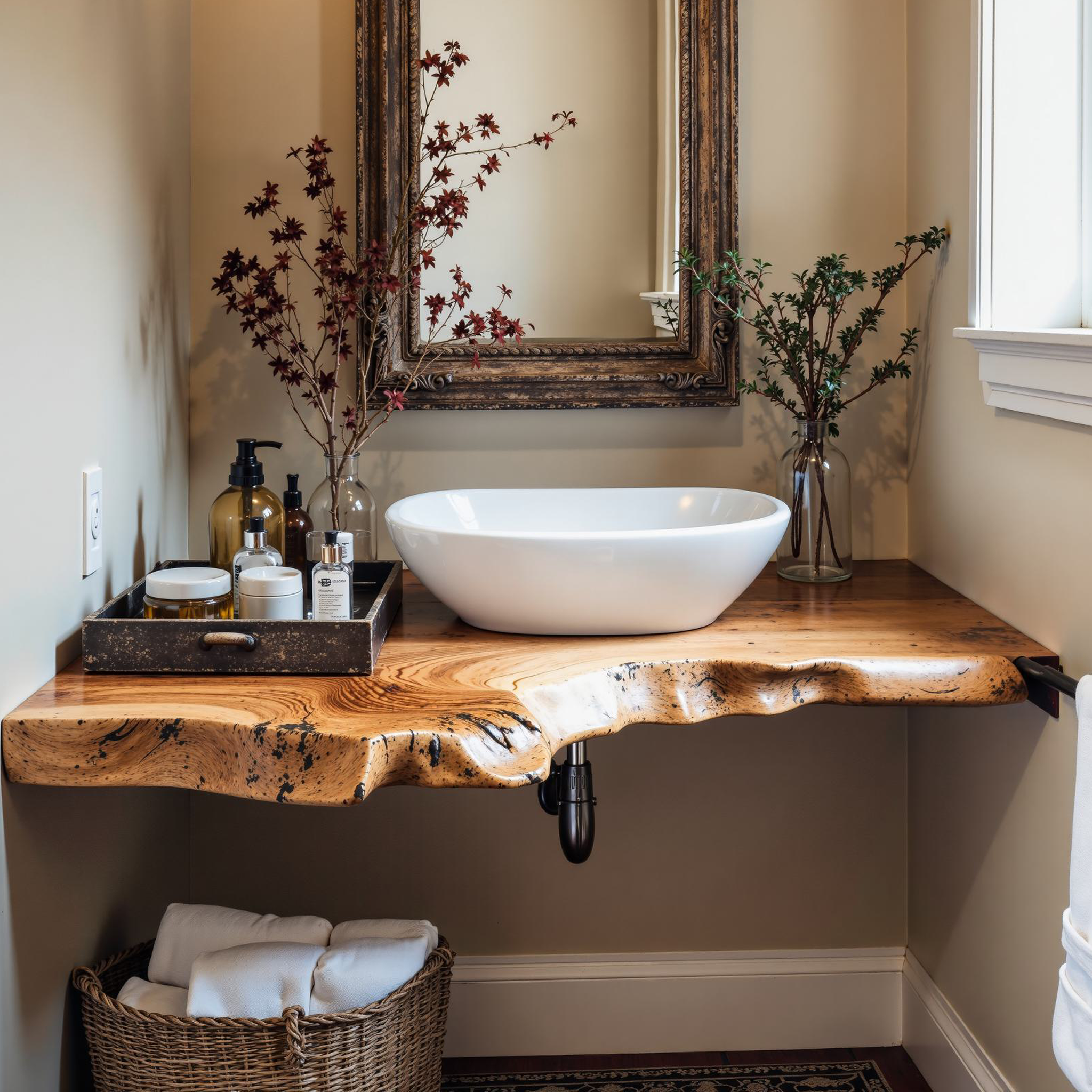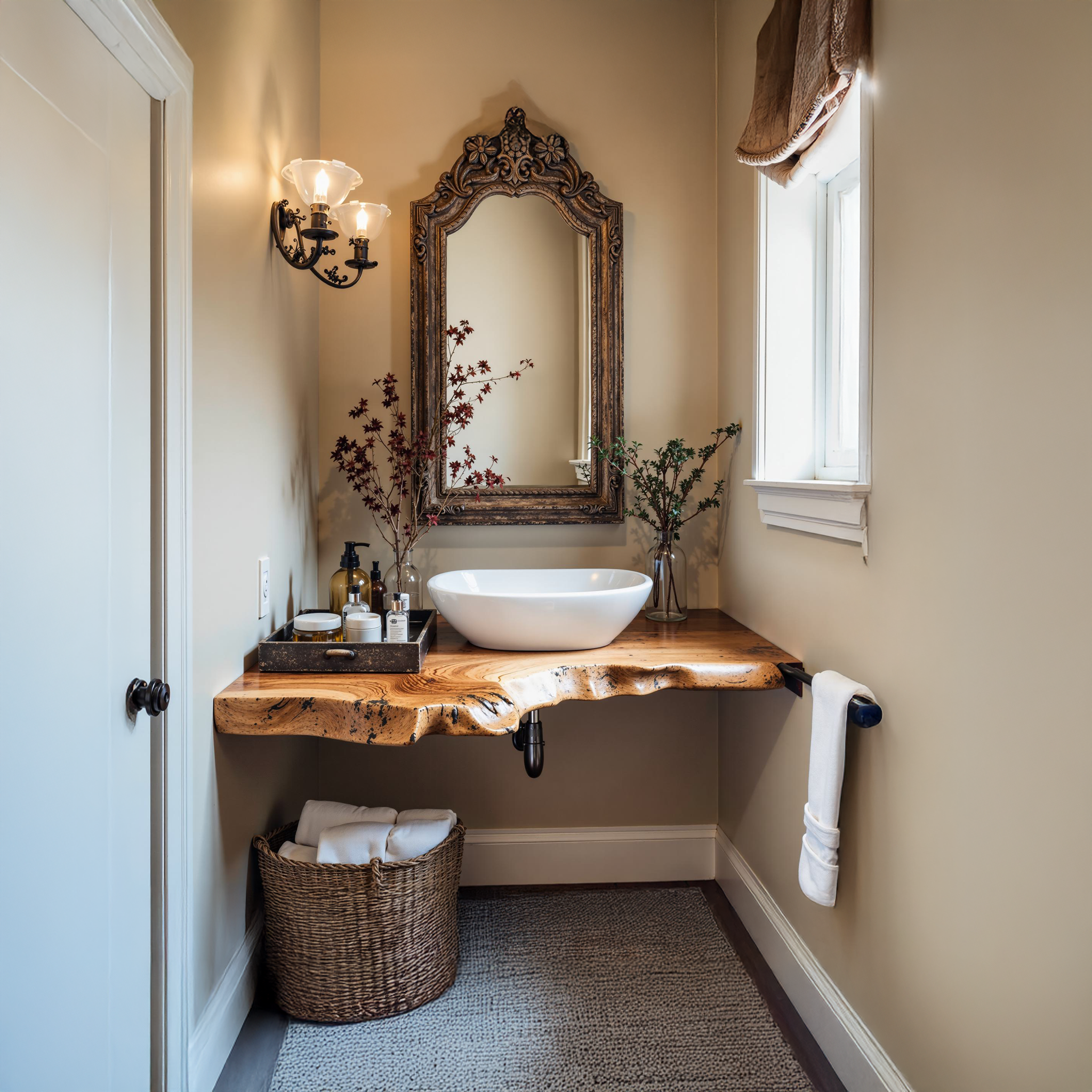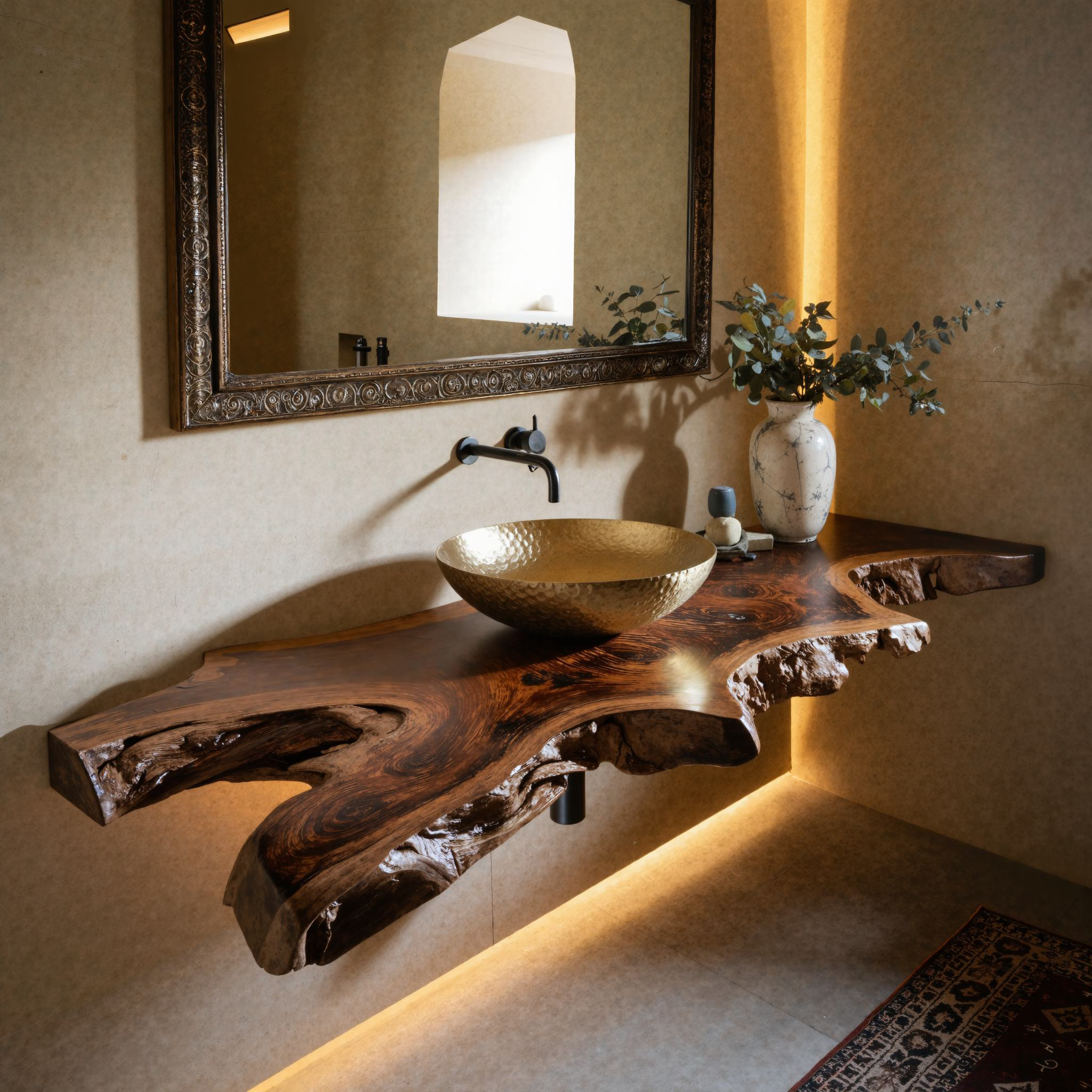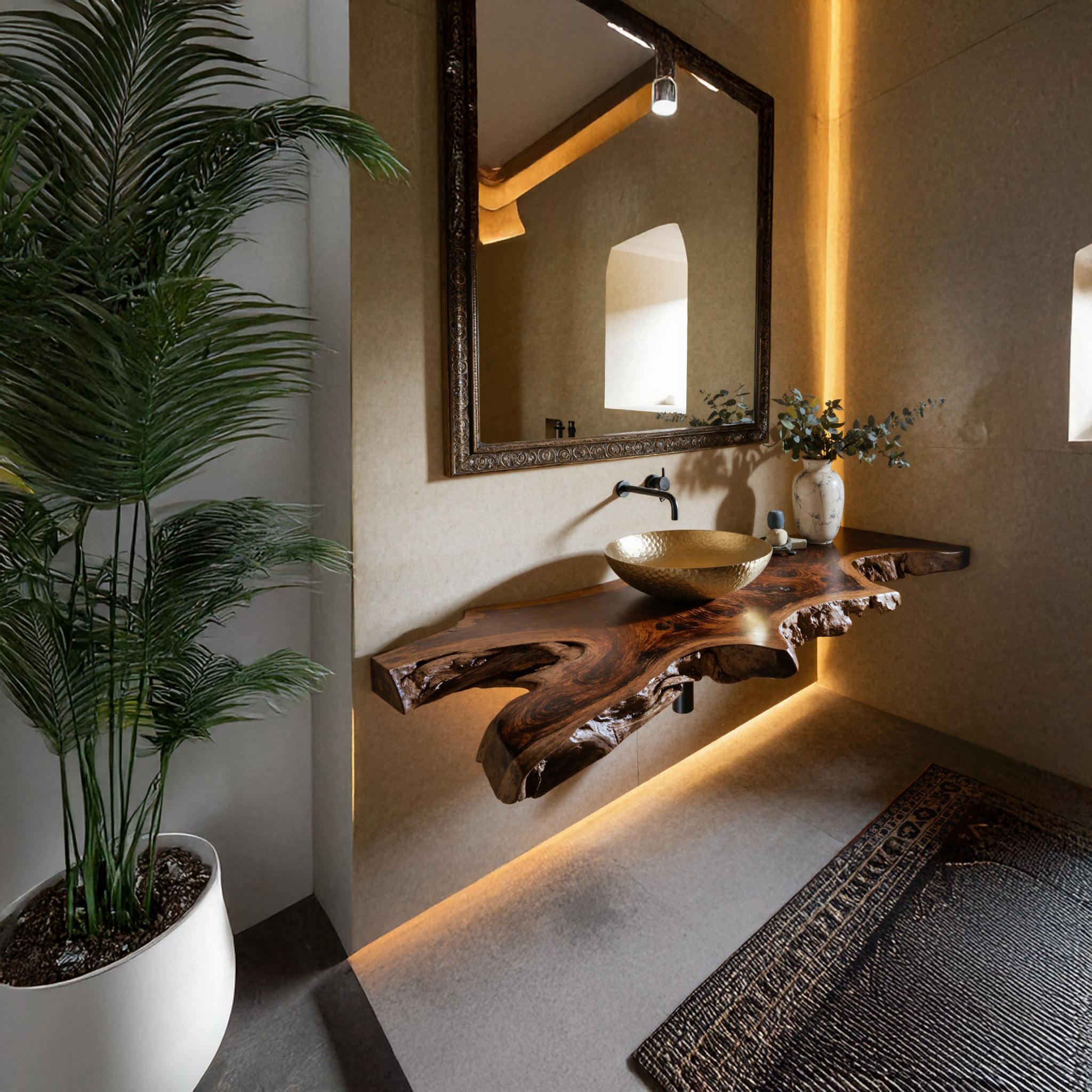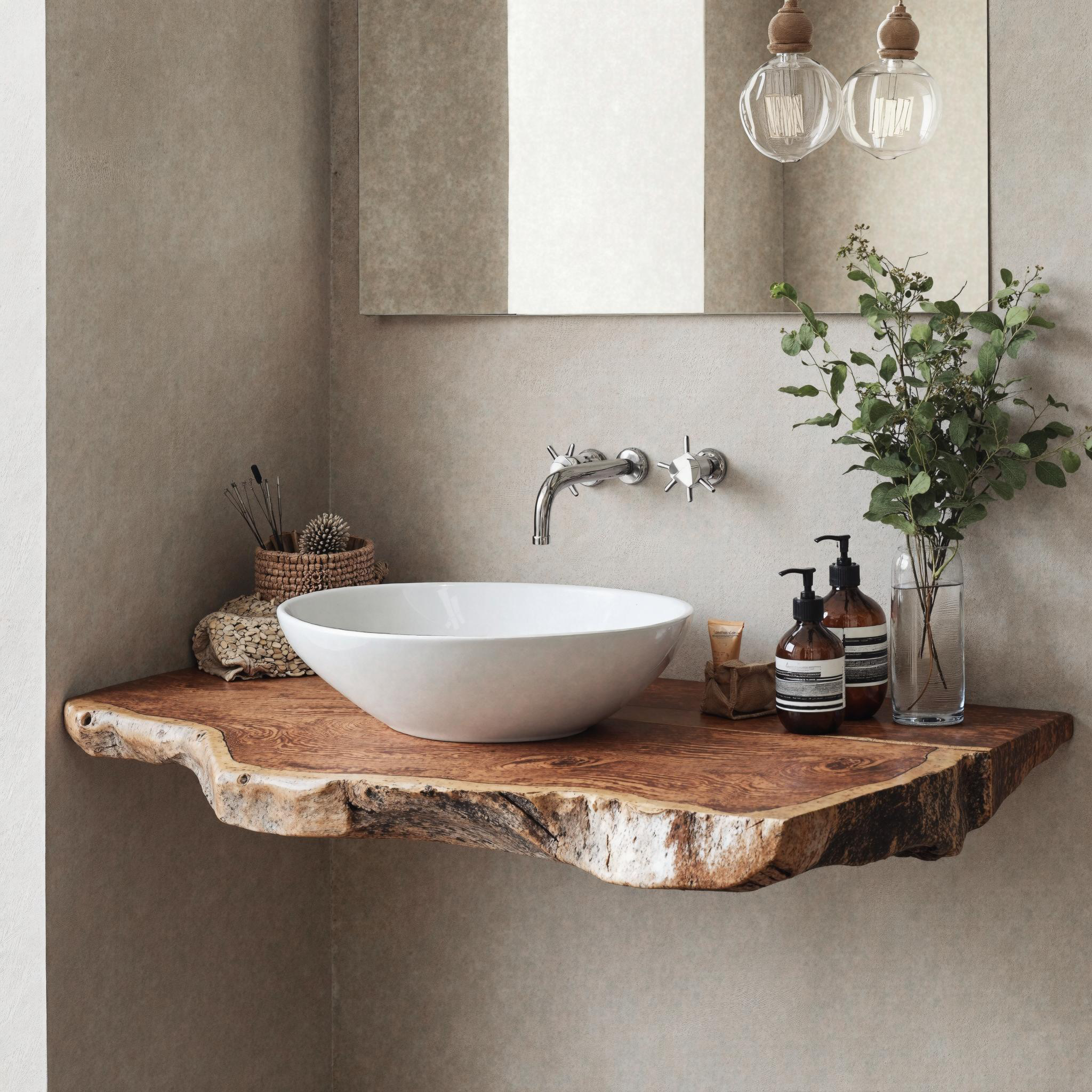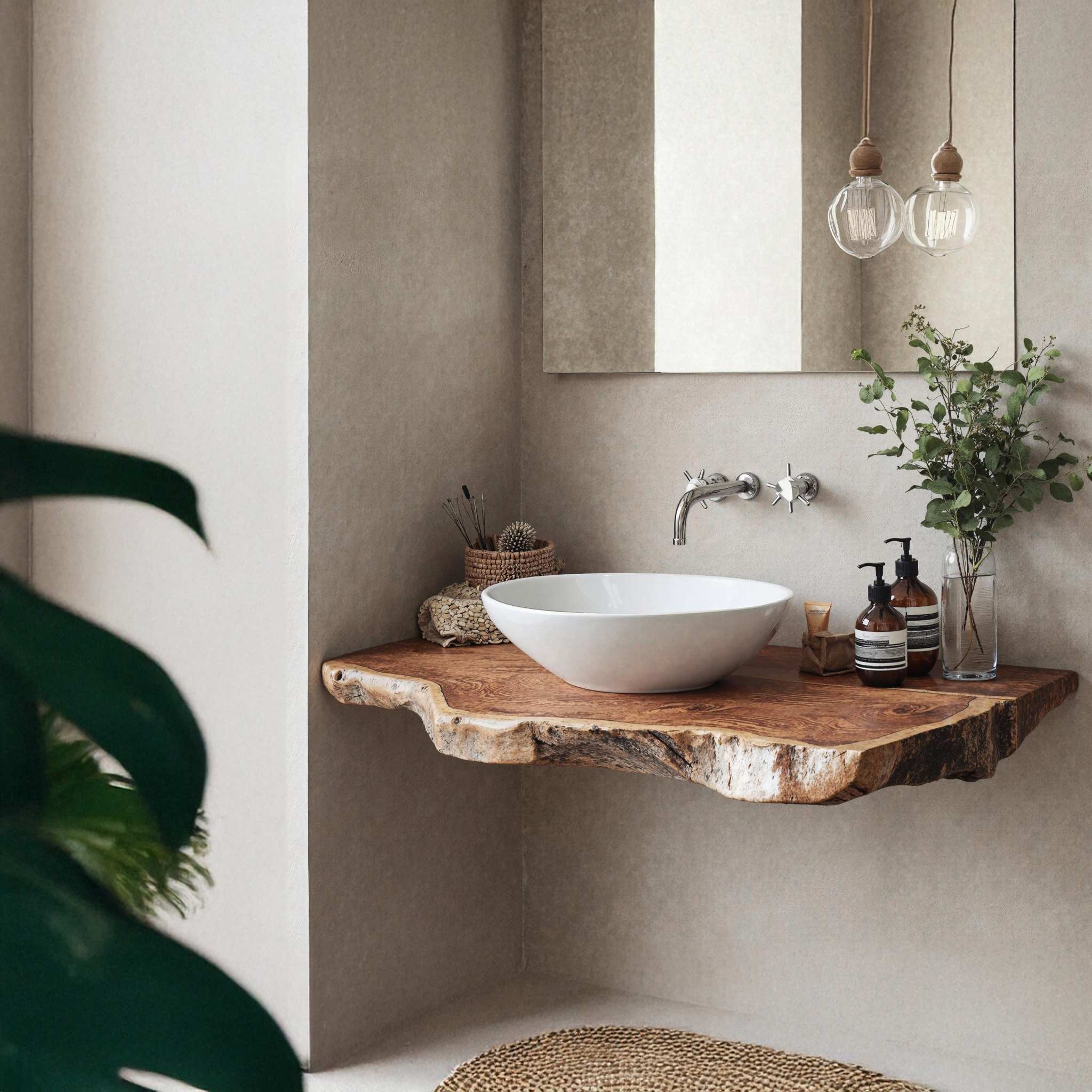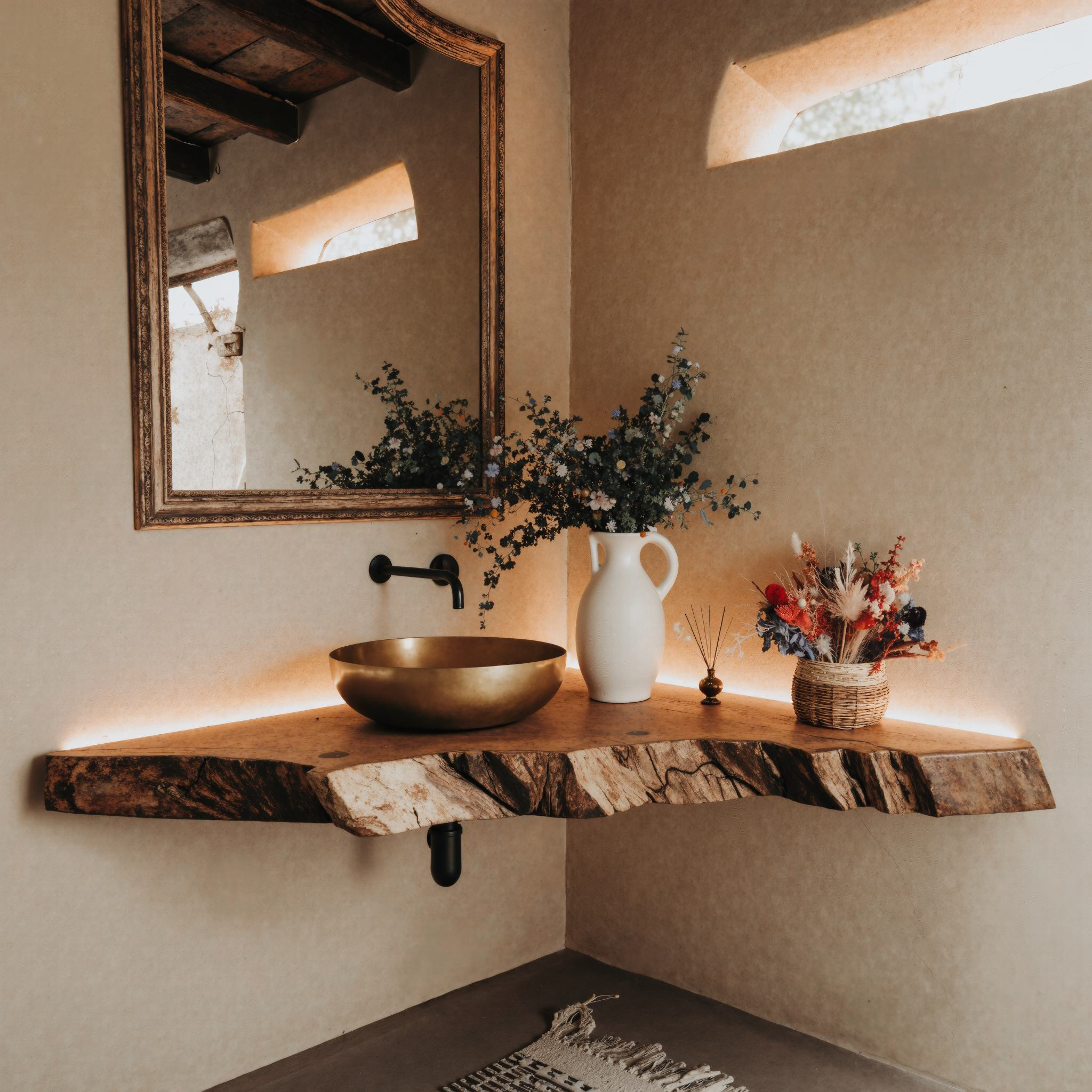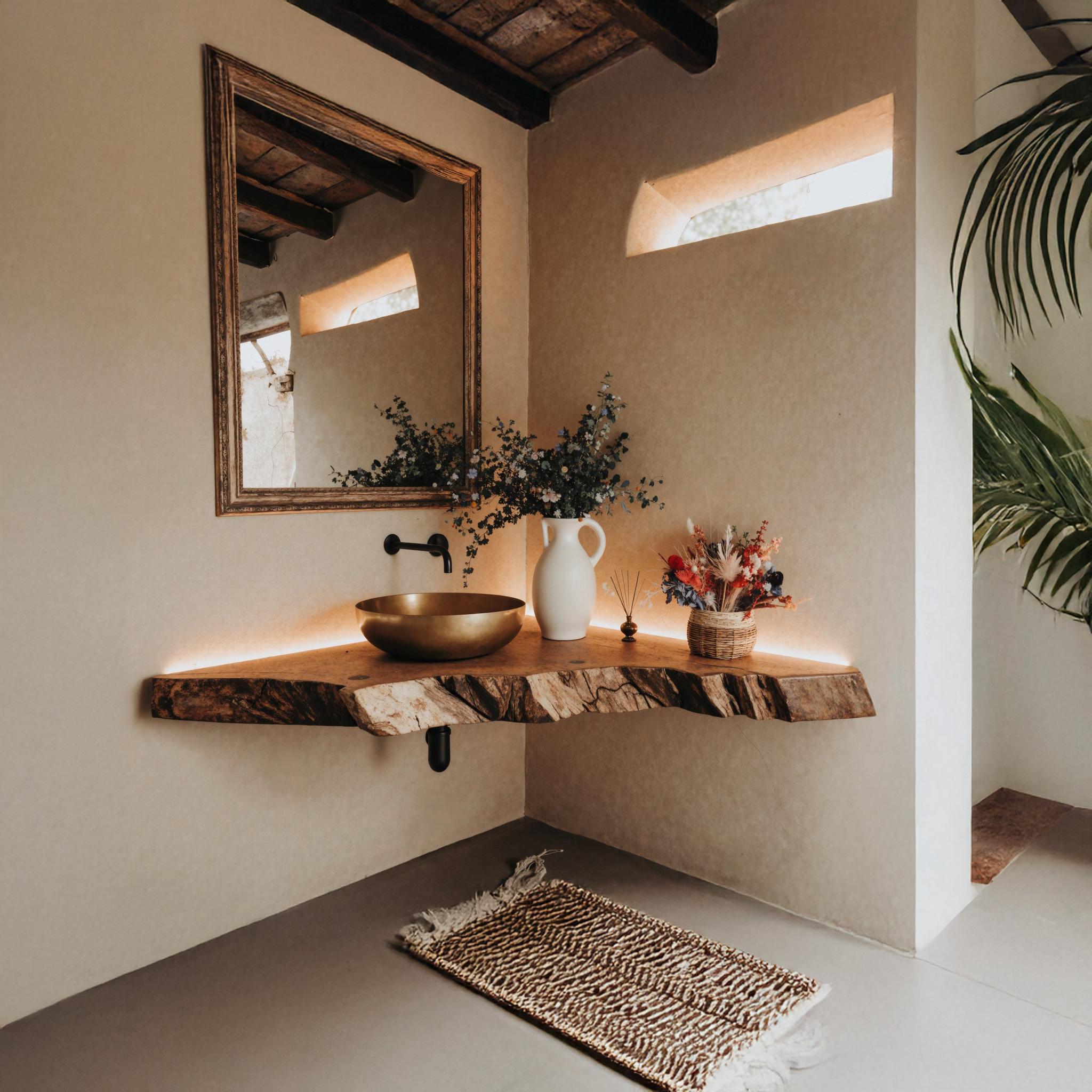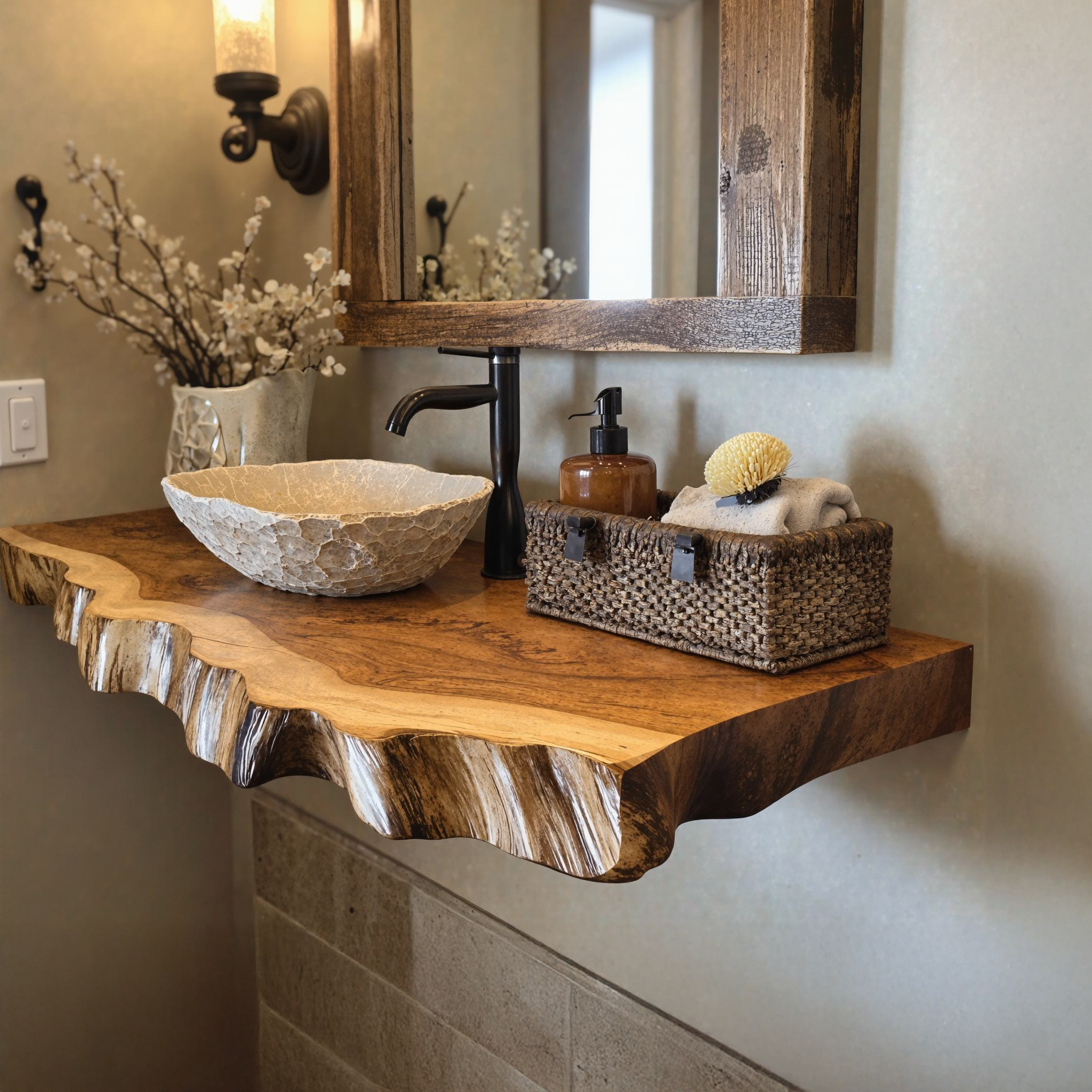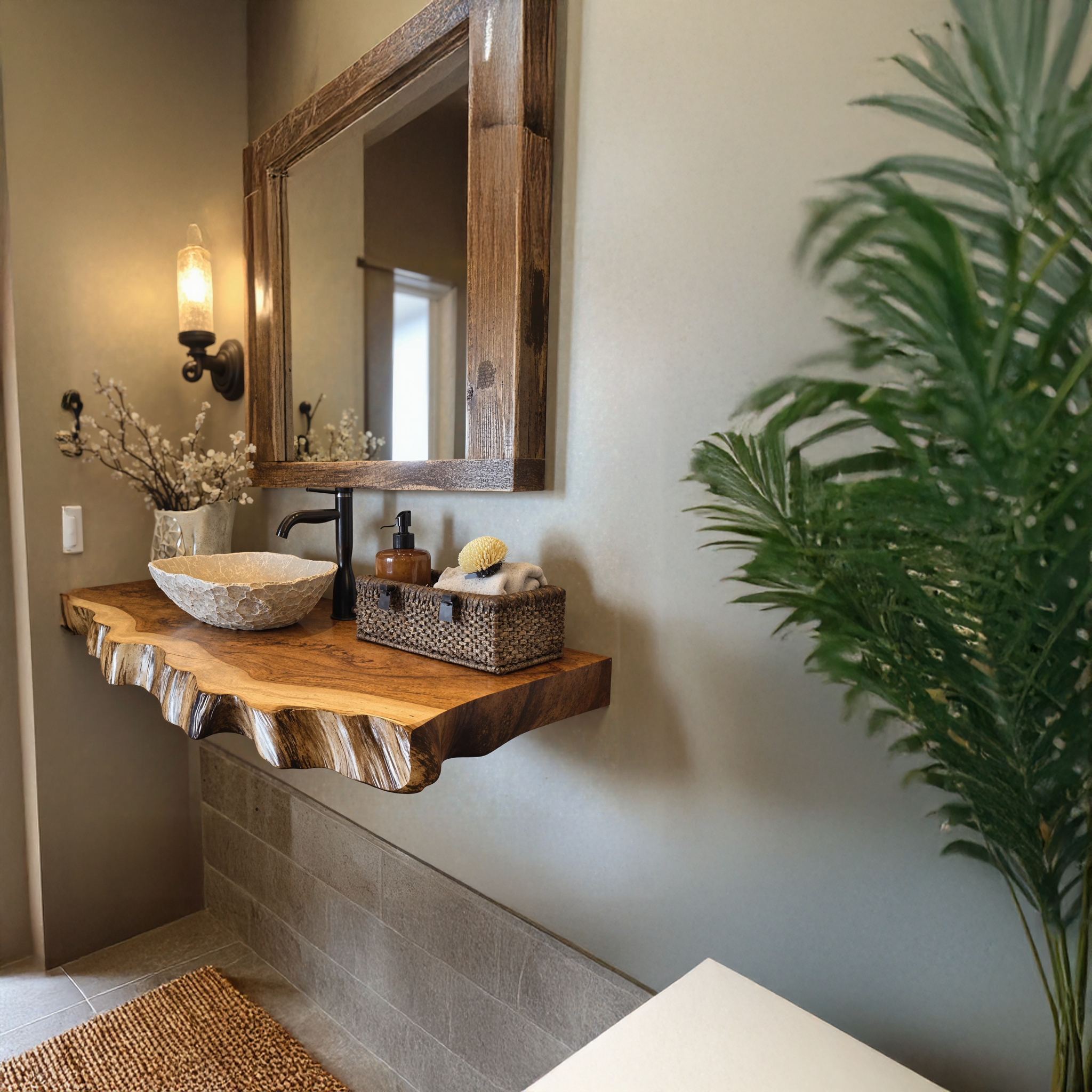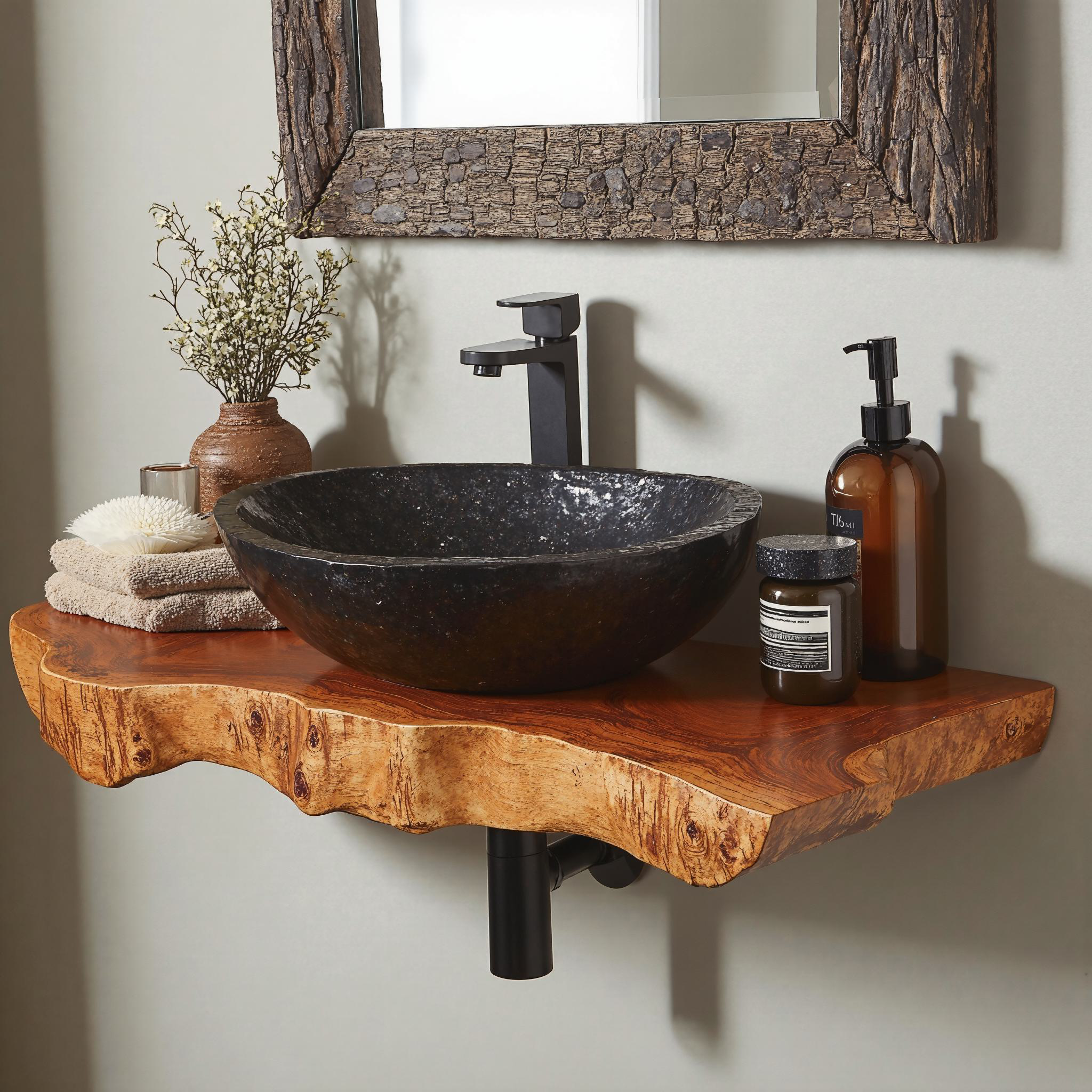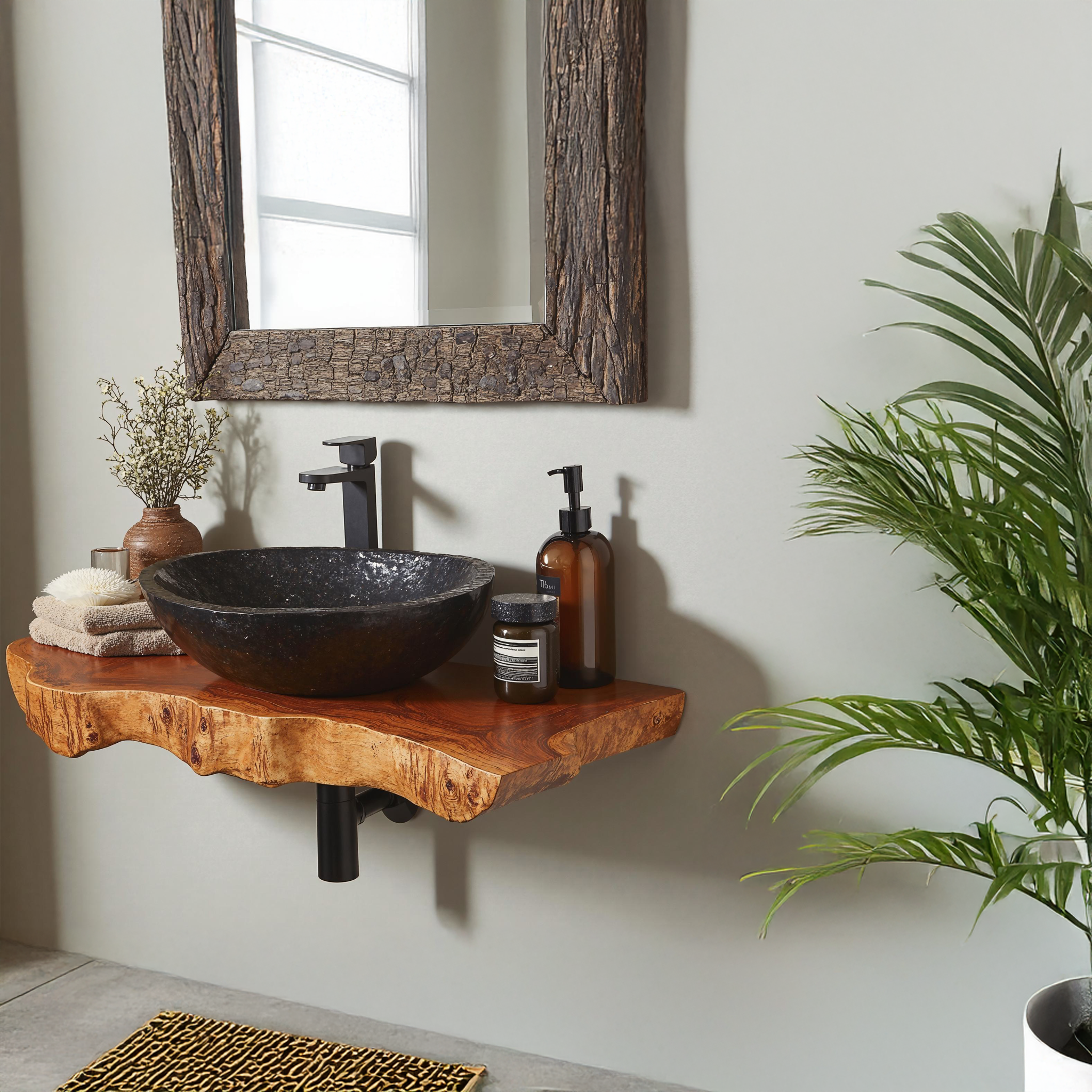Floating bathroom vanities have become a popular choice in contemporary bathroom design, offering a sleek, minimalist aesthetic that enhances both style and functionality. Unlike traditional bathroom vanities, which sit on the floor, floating vanities are wall-mounted, creating the illusion of more space. This innovative design not only elevates the overall look of the bathroom but also makes cleaning easier and offers practical storage solutions. In this blog post, we’ll explore the features and benefits of floating bathroom vanities, how they compare to driftwood and traditional bathroom vanities, and why they are an excellent choice for modern homeowners.
Filters
110 products
1. The Appeal of Floating Bathroom Vanities
Floating bathroom vanities are known for their clean lines, open space beneath, and modern look, making them ideal for smaller bathrooms or those with a minimalist design. These vanities give the impression of a larger bathroom by freeing up floor space and providing a more open, airy feel. With their wall-mounted design, they add a touch of sophistication and elegance, offering a visually appealing solution for those looking to create a contemporary bathroom environment.
a. Space-Saving Design
One of the primary benefits of floating bathroom vanities is their space-saving design. By being mounted to the wall, they leave the floor visible, which can make small bathrooms appear larger and less cluttered. This open design is perfect for modern bathrooms where maximizing space is essential. Whether you're renovating a tiny powder room or redesigning a larger master bath, floating vanities create a streamlined look that enhances the overall space.

b. Easier to Clean and Maintain
Floating vanities are not only stylish but also practical when it comes to cleaning. With the space underneath left open, it becomes much easier to sweep and mop the floor, making bathroom maintenance simpler. Additionally, floating vanities often have fewer crevices and decorative elements, which means less dust and dirt accumulation, resulting in a cleaner bathroom overall.
c. Customization Options for Floating Vanities
Many homeowners love the customization options that come with bathroom vanities. You can choose from a variety of materials, including wood, glass, and metal, as well as different countertop finishes. Whether you prefer a sleek white vanity with a marble top or a more natural wood finish, floating vanities can be tailored to fit your specific style and preferences.
2. Comparing Floating Vanities to Driftwood Bathroom Vanities
While floating bathroom vanities offer a modern, minimalist appeal, driftwood bathroom vanities bring a more rustic, organic vibe to the space. Driftwood vanities are often crafted from reclaimed wood, giving them a natural, weathered appearance that complements coastal or farmhouse-inspired interiors.
a. Aesthetic Differences
The aesthetic differences between floating bathroom vanities and driftwood bathroom vanities are striking. While floating vanities prioritize sleek, streamlined designs, driftwood bathroom vanities embrace the beauty of raw, natural materials. The reclaimed wood used in driftwood vanities adds texture and warmth to the bathroom, making it a great option for those who want to create a cozy, nature-inspired environment. In contrast, floating vanities are better suited for those looking to create a modern, minimalist look with a touch of elegance.

b. Durability and Maintenance
Both floating bathroom vanities and driftwood bathroom vanities offer durability, but they require different levels of maintenance. While driftwood vanities need to be regularly sealed to protect the wood from moisture, floating vanities often feature materials like laminate or metal that are easier to maintain. If you prefer a low-maintenance option, a floating vanity may be the better choice, while driftwood vanities require more care to preserve their natural beauty.
3. Floating Bathroom Vanities vs. Traditional Bathroom Vanities
While floating bathroom vanities are a popular choice in contemporary design, traditional bathroom vanities remain a timeless option for those who prefer a more classic look. Traditional vanities are often characterized by their detailed craftsmanship, ornate moldings, and rich finishes, making them a focal point in the bathroom.
a. Aesthetic and Design Differences
The key difference between floating bathroom vanities and traditional bathroom vanities is their overall design aesthetic. Floating vanities offer a minimalist look, with clean lines and minimal ornamentation. In contrast, traditional bathroom vanities feature more intricate details, such as decorative molding, raised panel doors, and antique-style hardware. Traditional vanities are typically made from rich woods like oak or mahogany, giving them a more formal and elegant appearance.
b. Storage and Functionality
When it comes to storage, traditional bathroom vanities typically offer more cabinet space and drawers, making them ideal for those who need ample storage for toiletries, towels, and other bathroom essentials. Floating bathroom vanities, on the other hand, often have a more streamlined design with limited storage, making them better suited for smaller bathrooms or homeowners who prefer a clutter-free space.

c. Installation Considerations
Installation is another factor to consider when choosing between floating bathroom vanities and traditional bathroom vanities. Floating vanities require professional installation, as they need to be securely mounted to the wall, while traditional vanities are freestanding and easier to install. If you're looking for a vanity that can be installed with minimal effort, a traditional vanity may be the better choice. However, if you're willing to invest in professional installation, the sleek look of a floating vanity can be well worth the effort.
4. Contact informations
Contact SpryInterior now to experience great service and own unique Floating Bathroom Vanities.
Email: support@spryinterior.com
Address 1: 50 Williamson Road, Bergenfield, NJ 07621
Address 2: 773 Friendly Church Road, Martinsville, VA 24112
Support Hours: Monday to Friday, 10:00 AM to 8:00 PM (EST)


